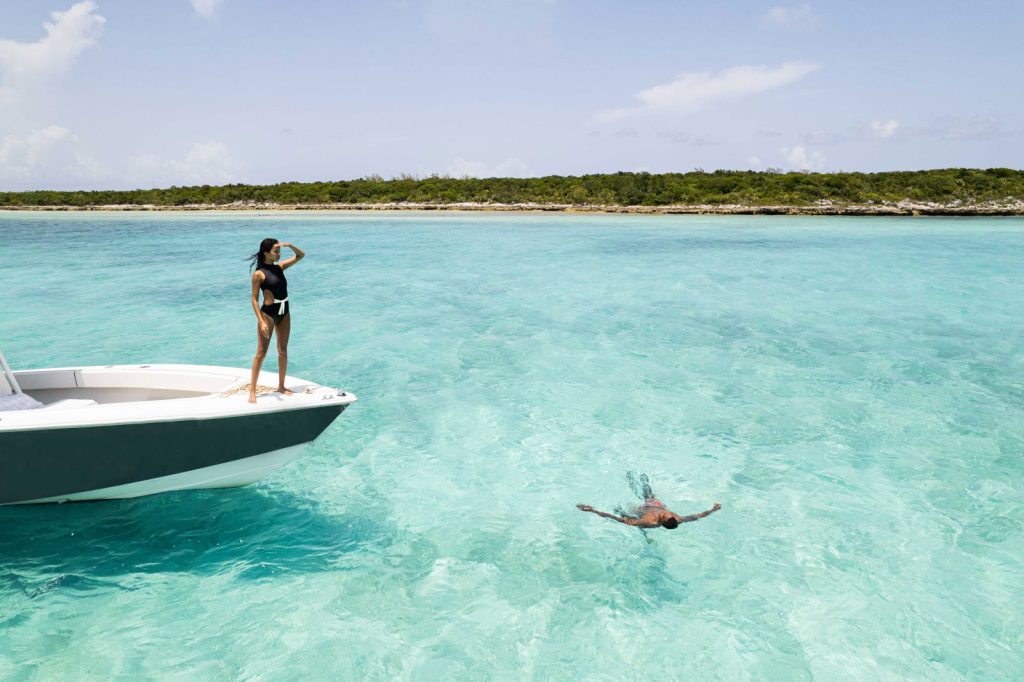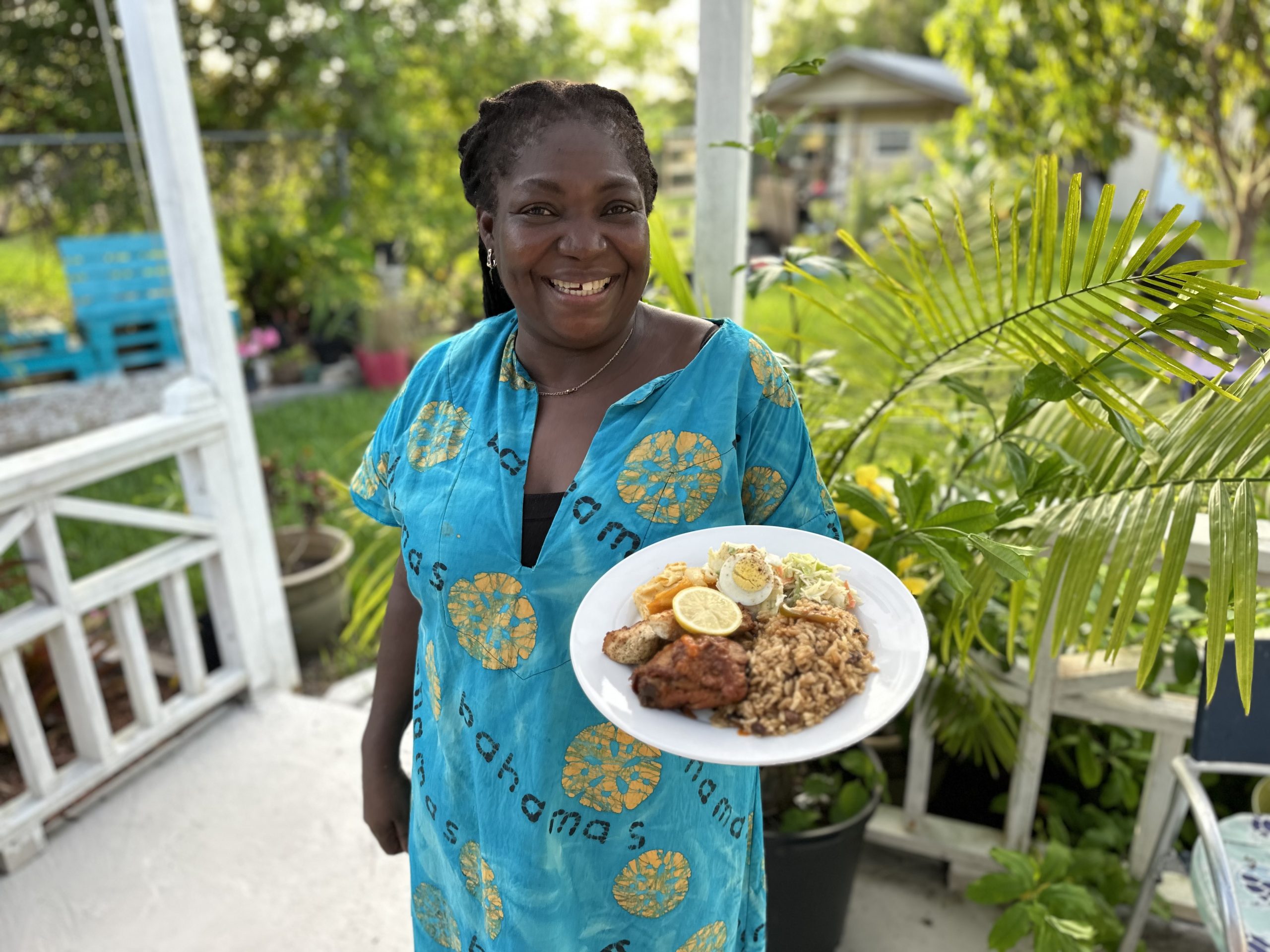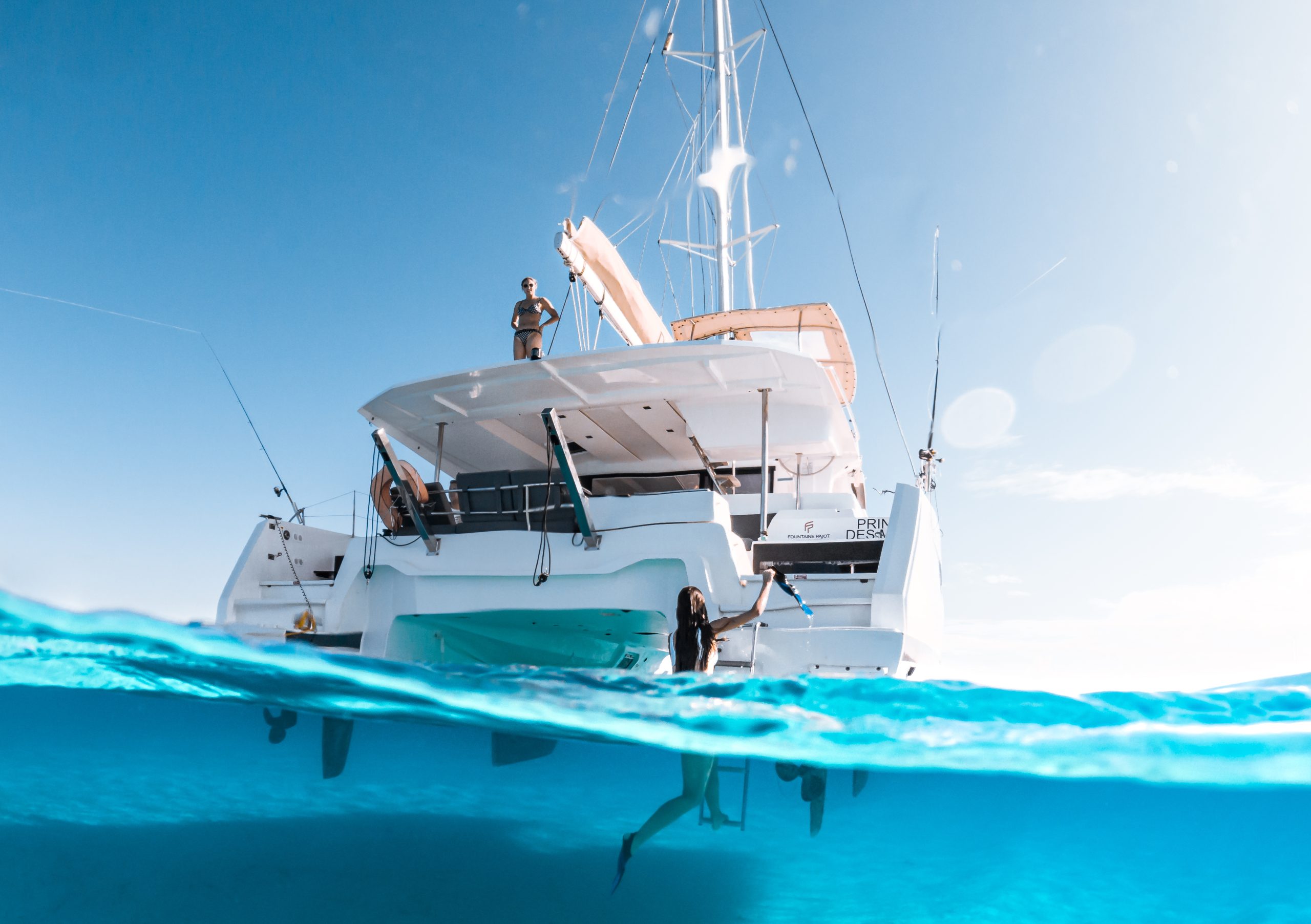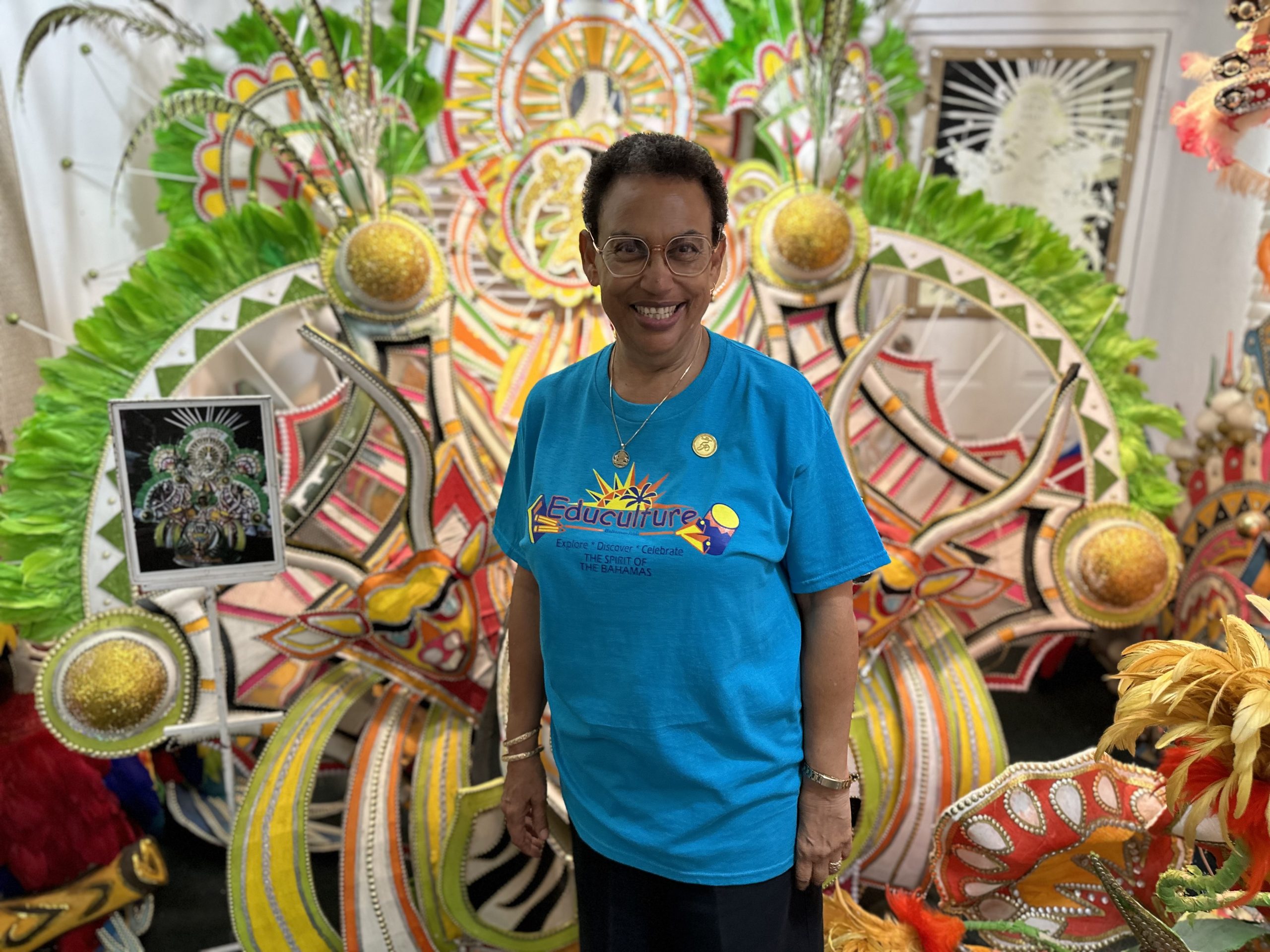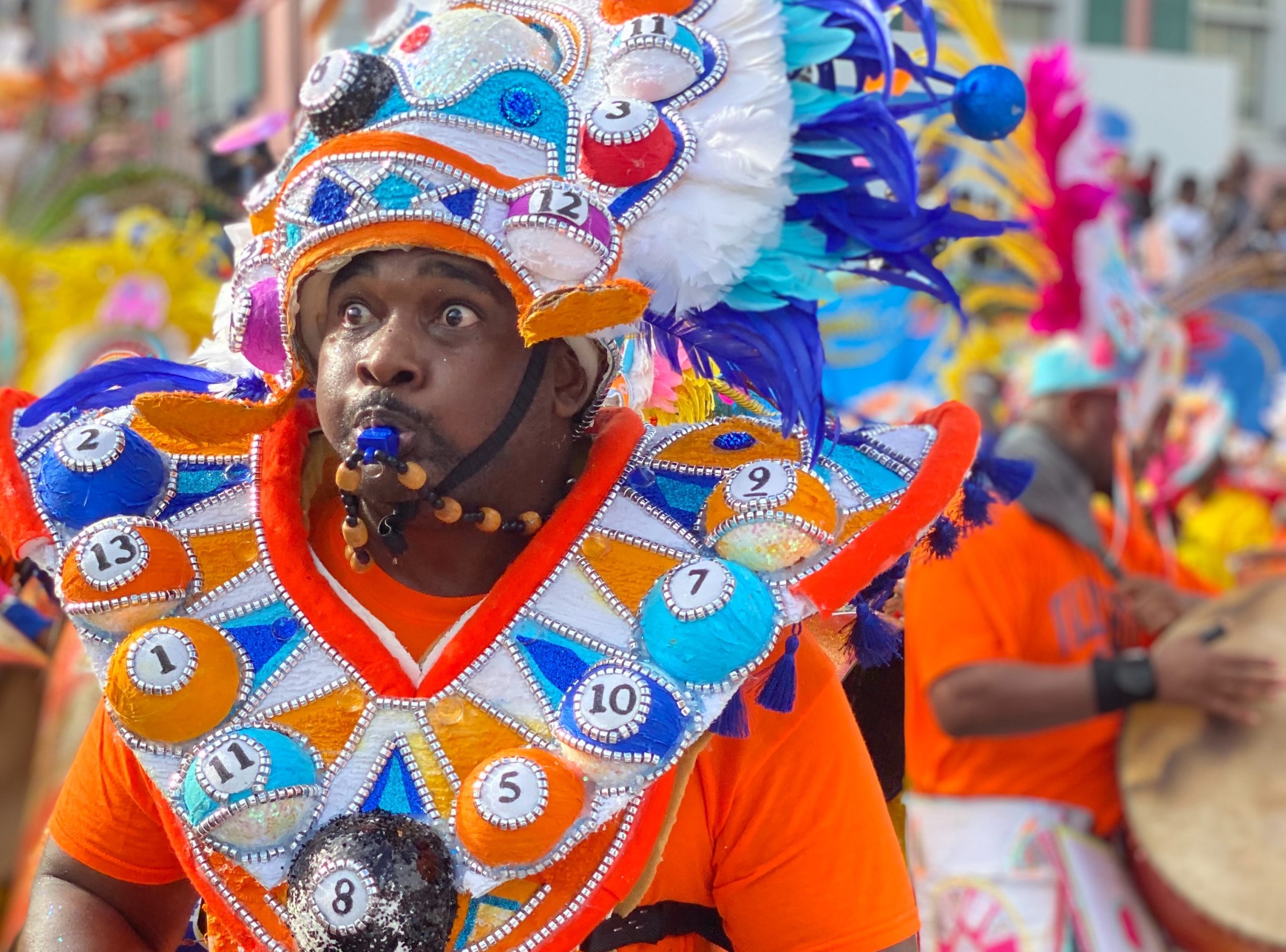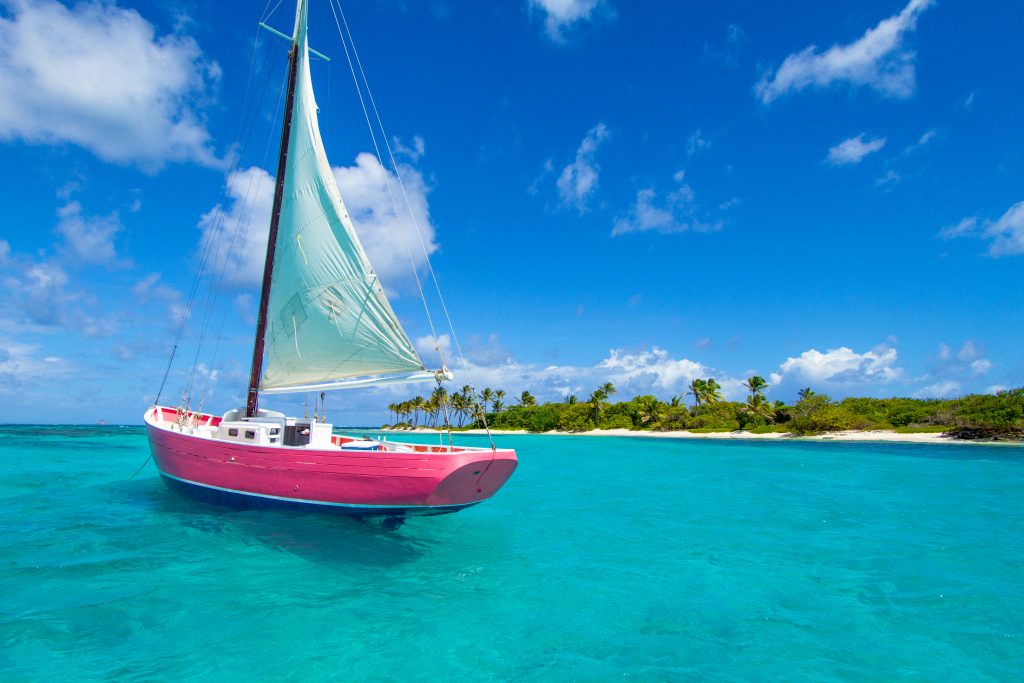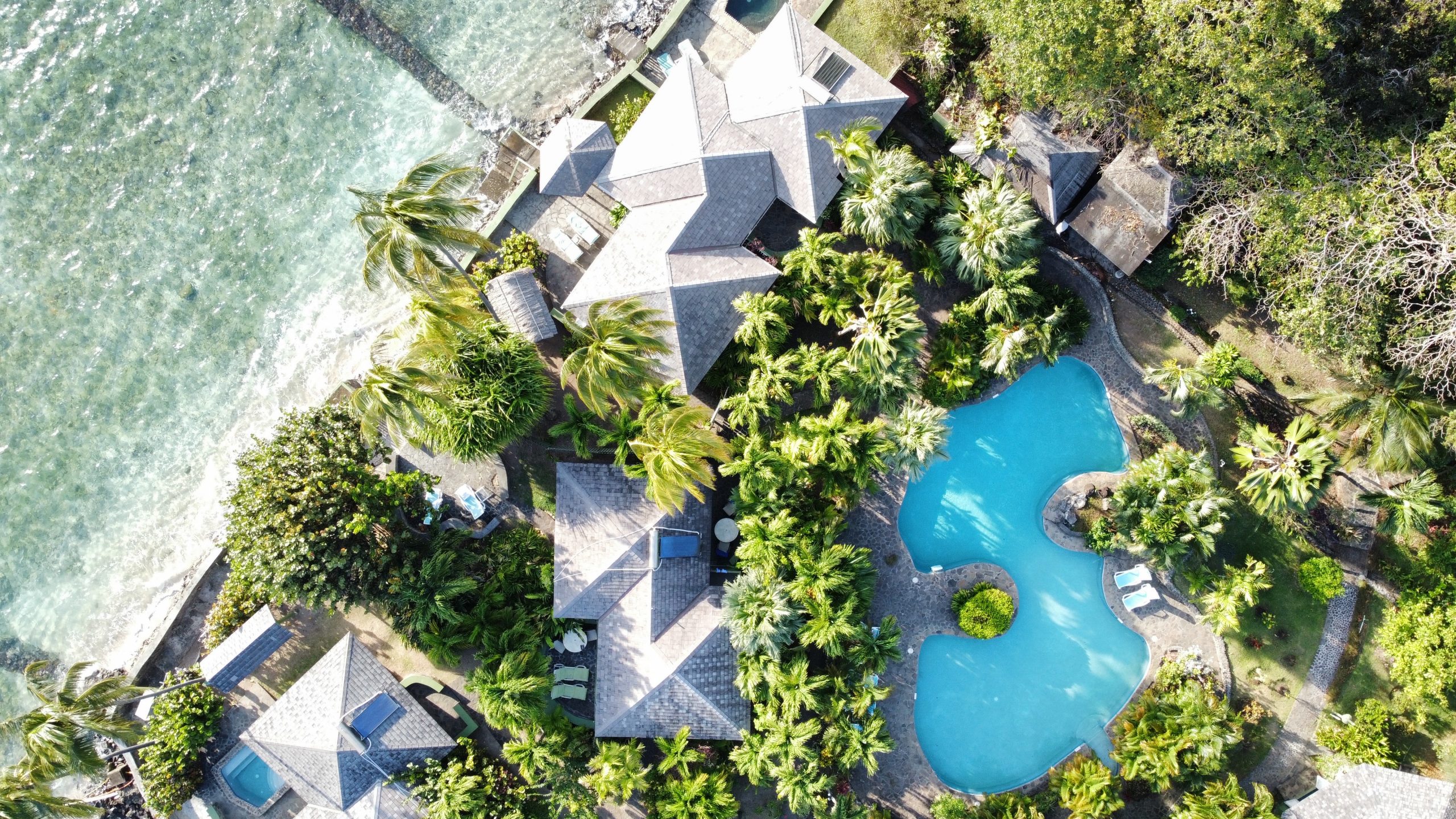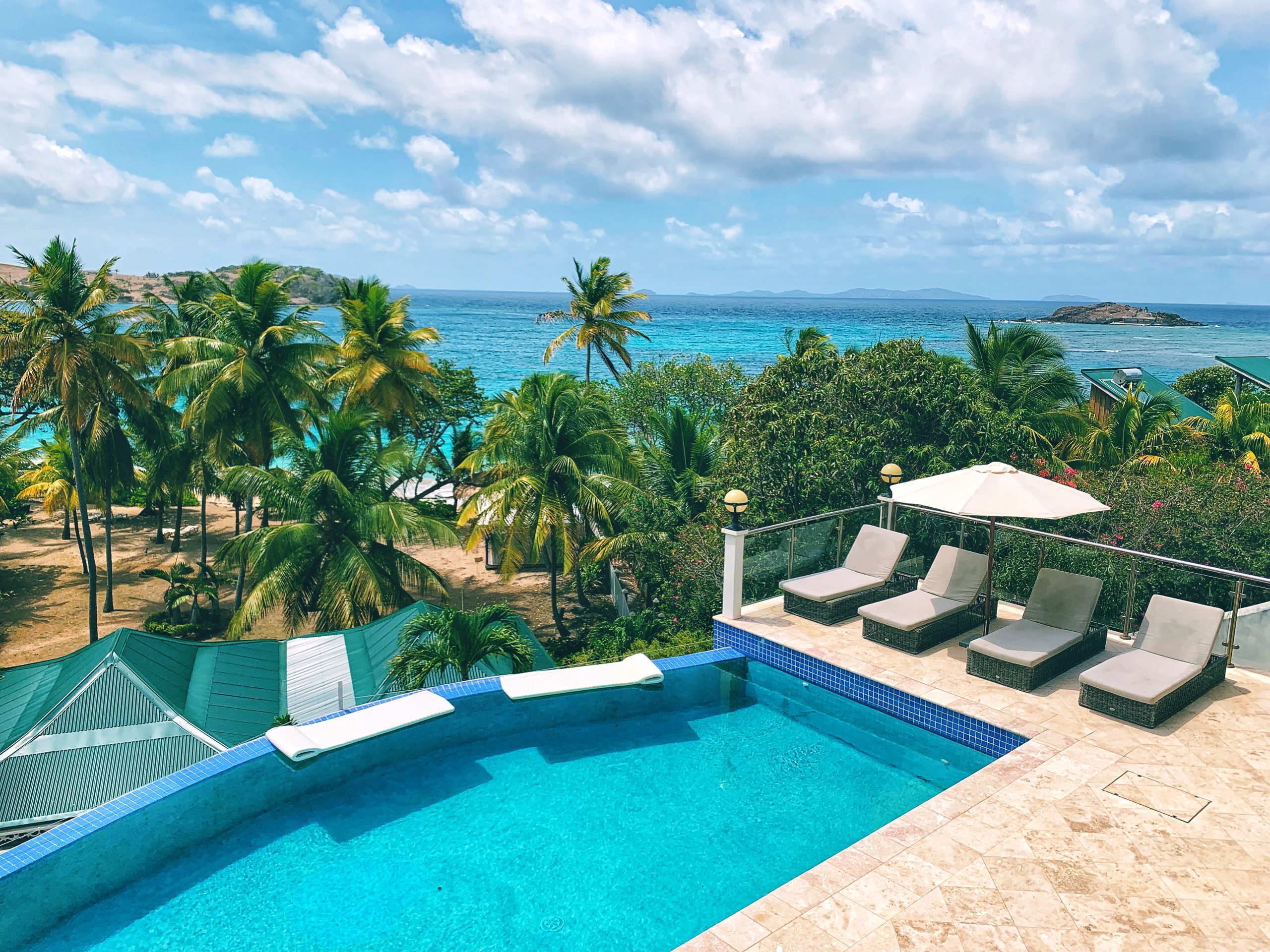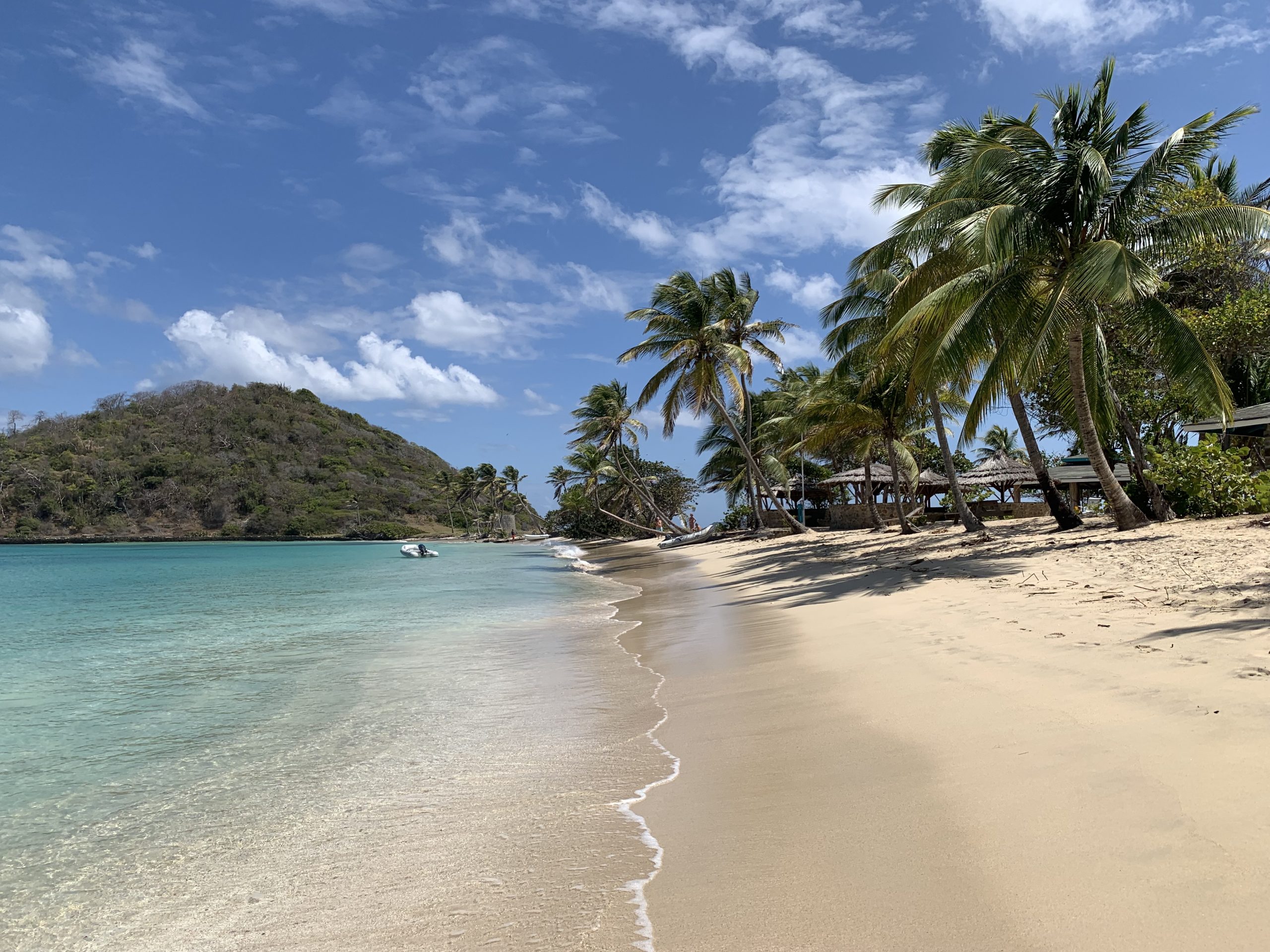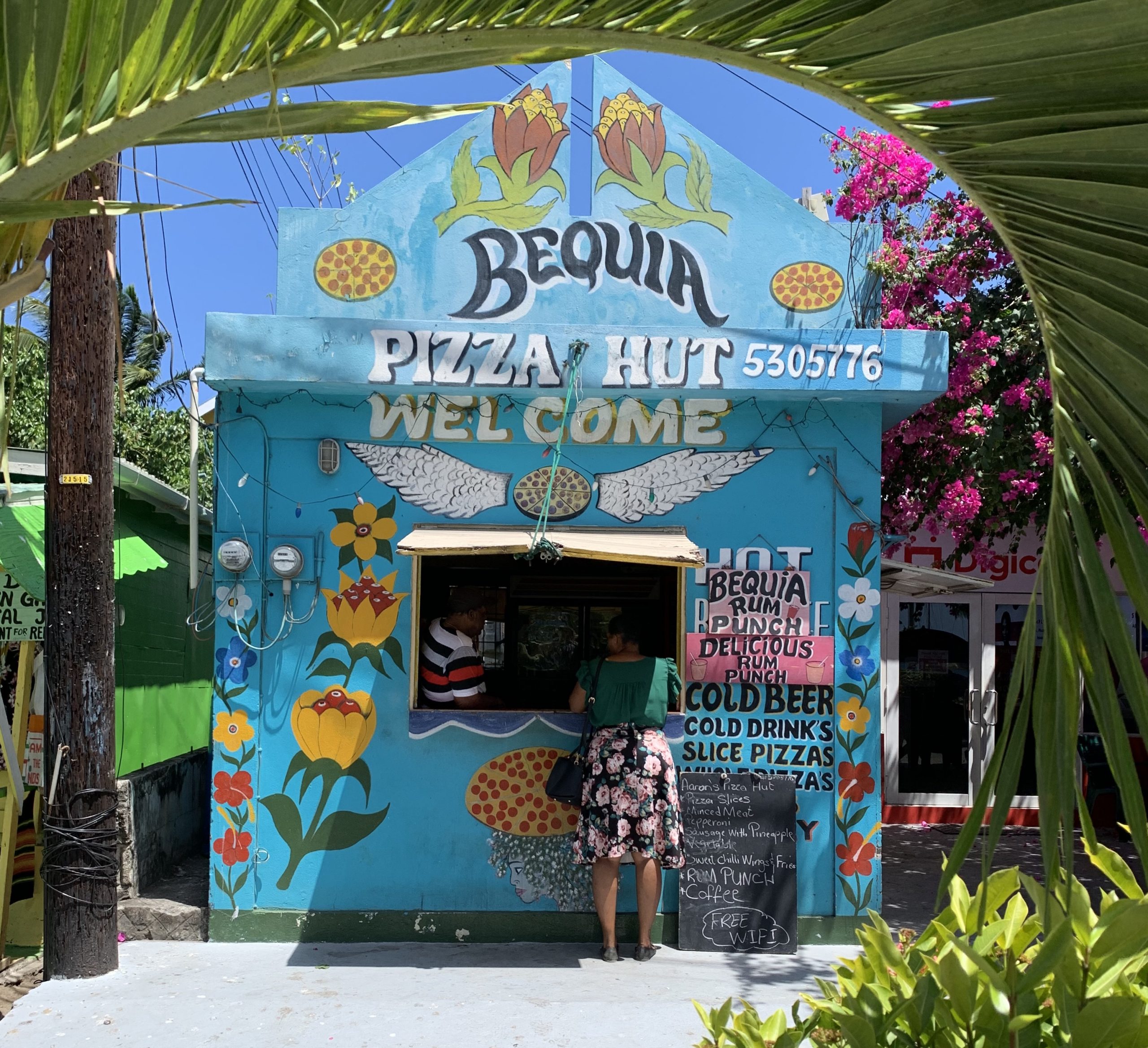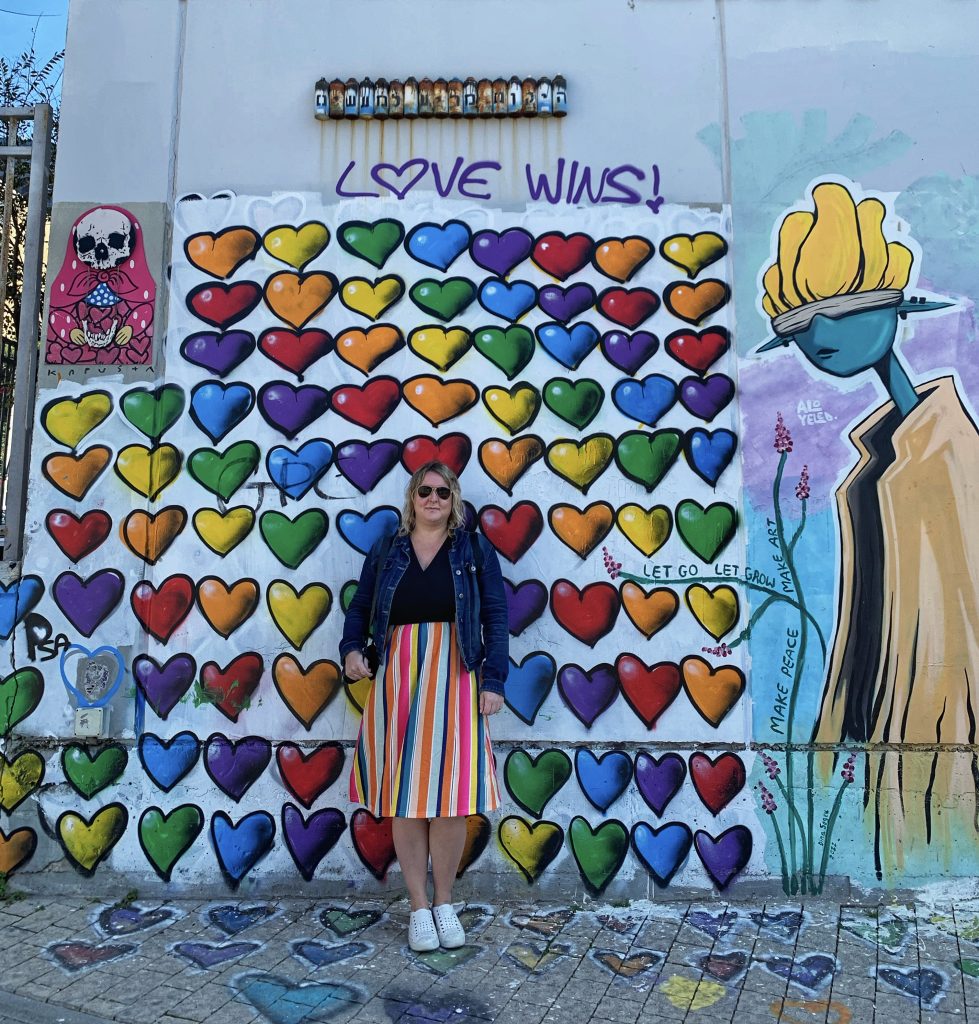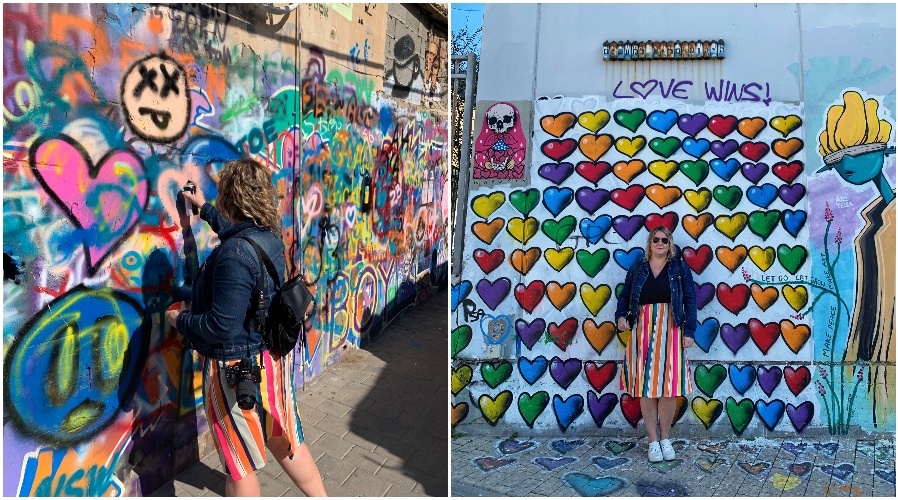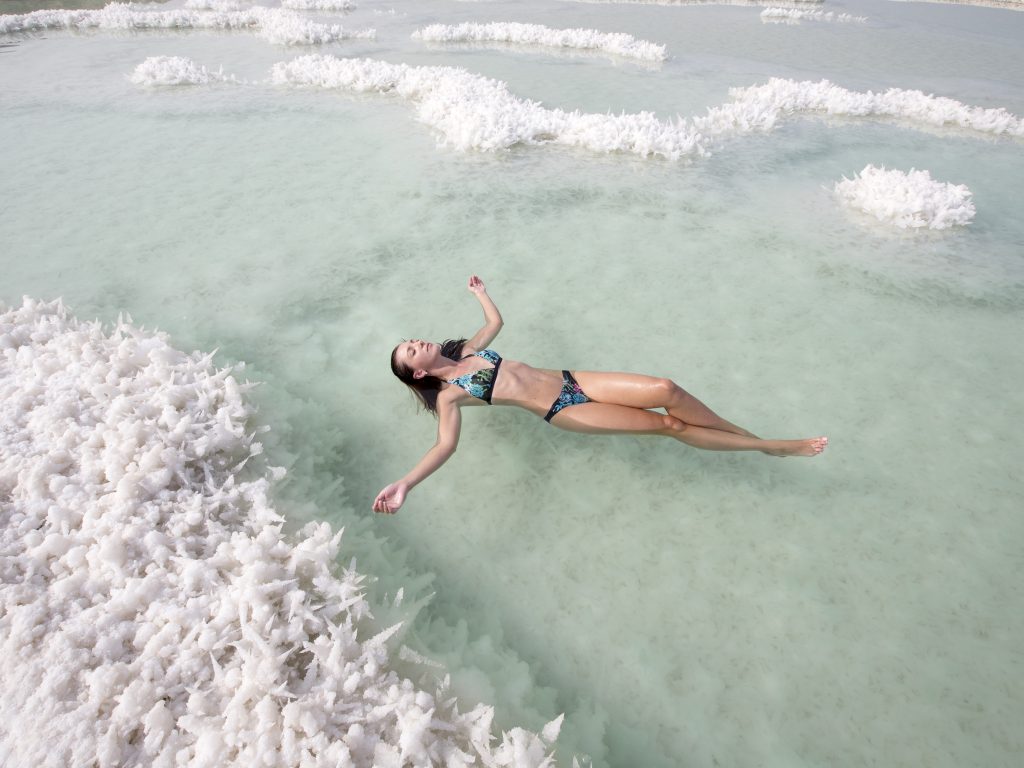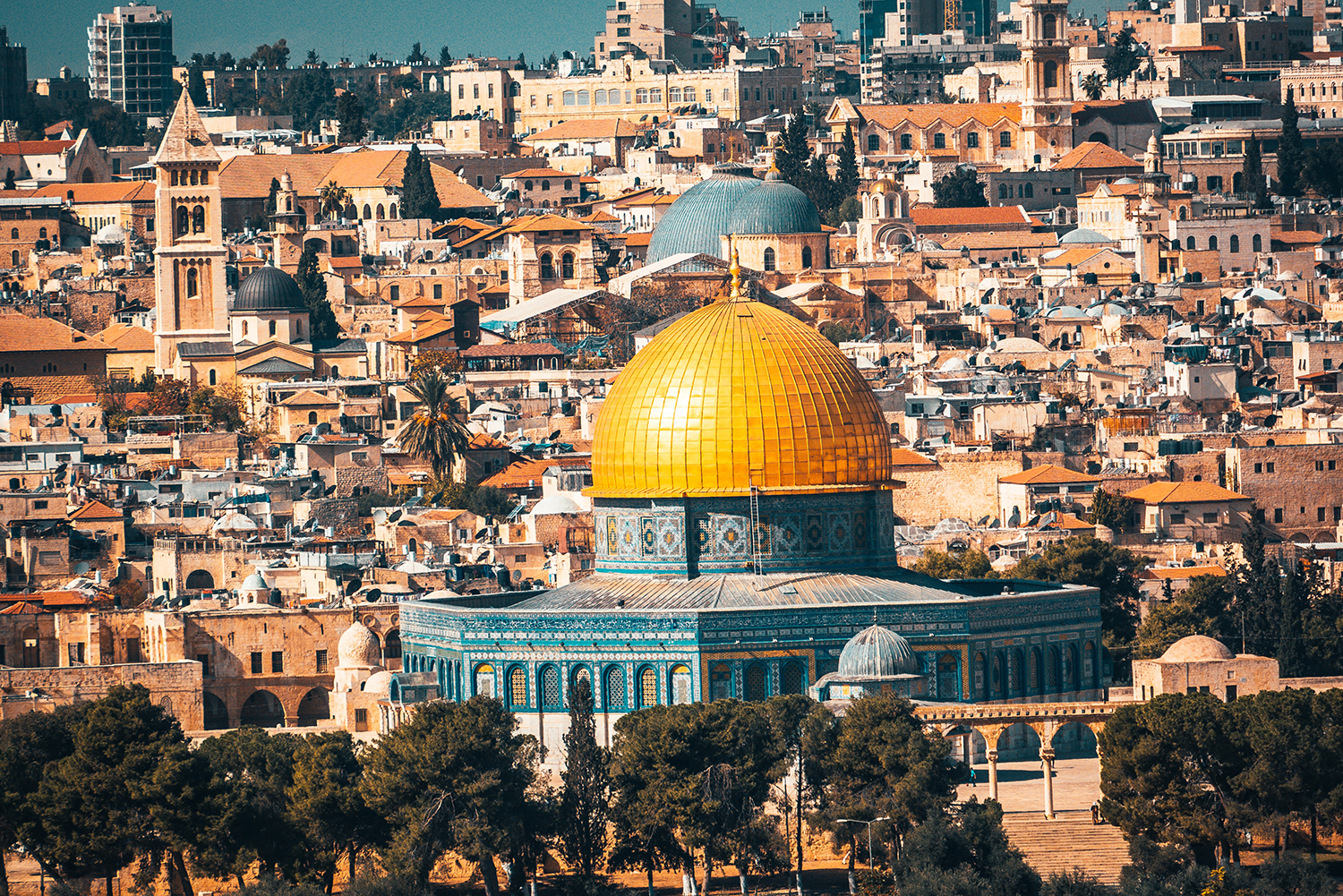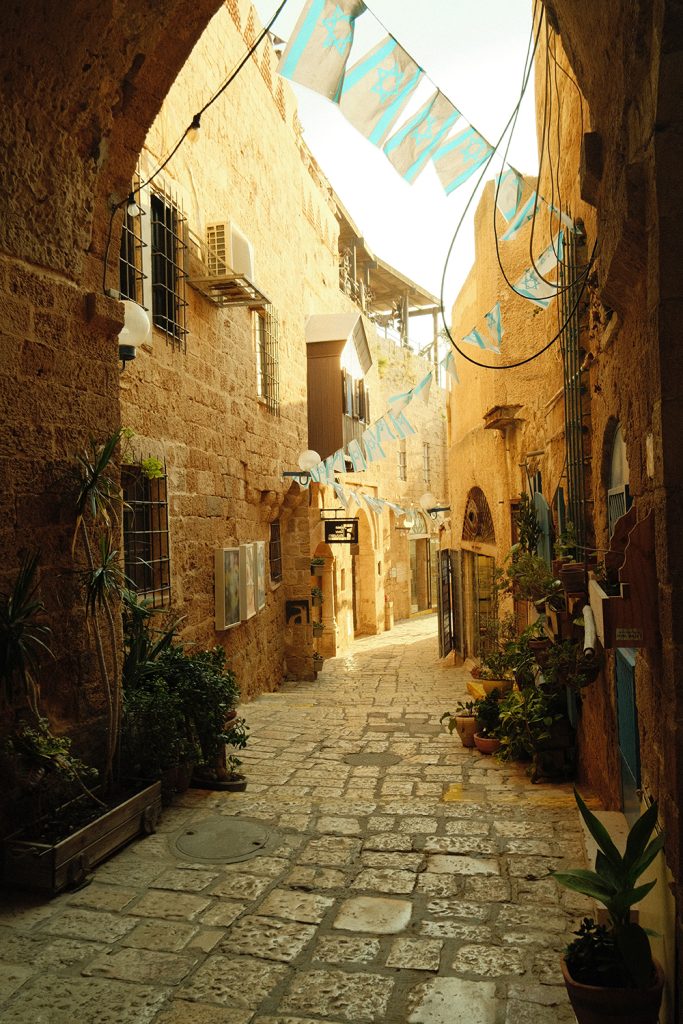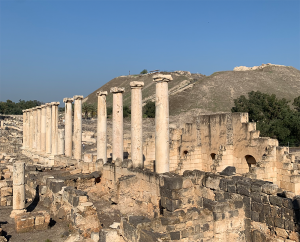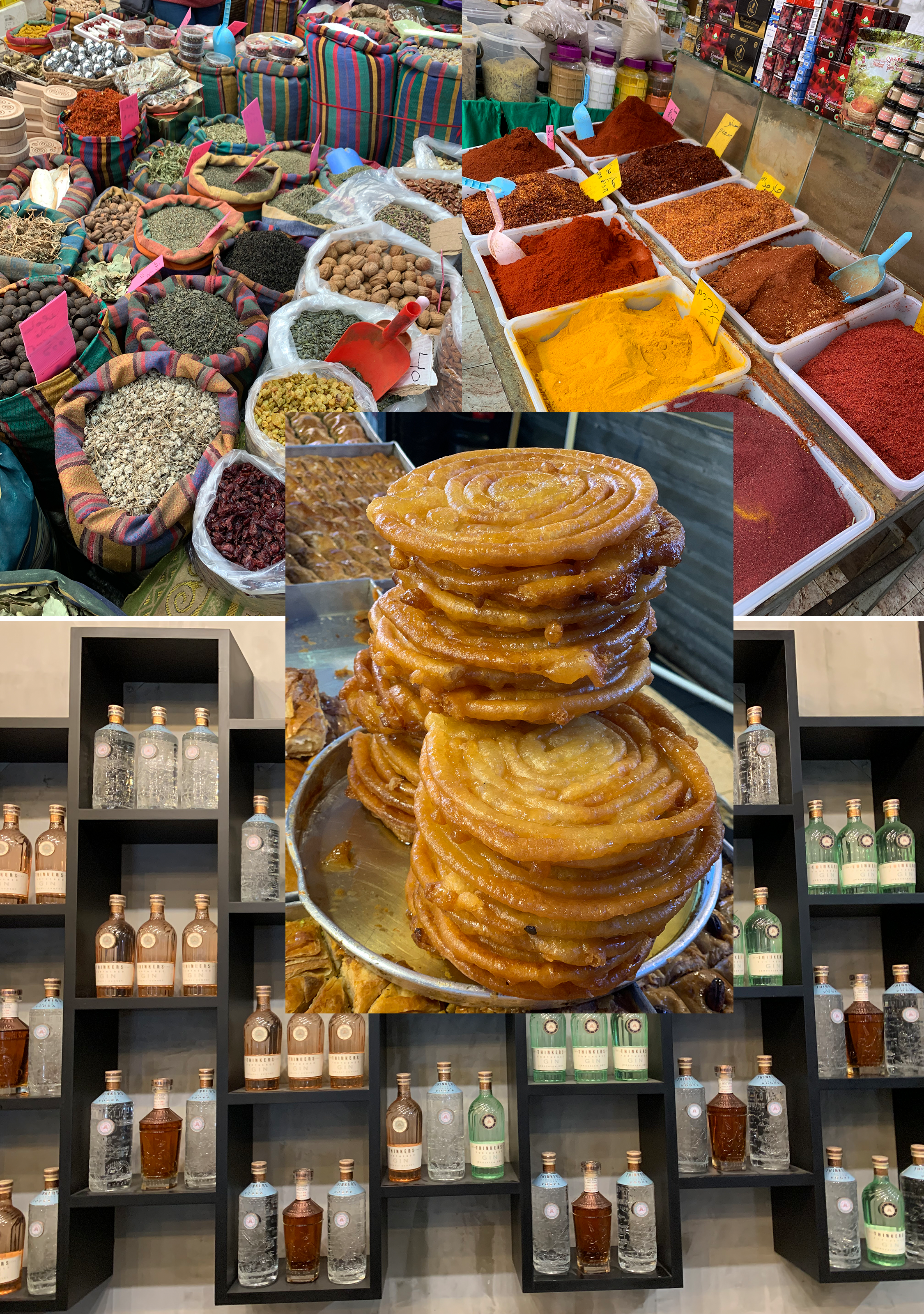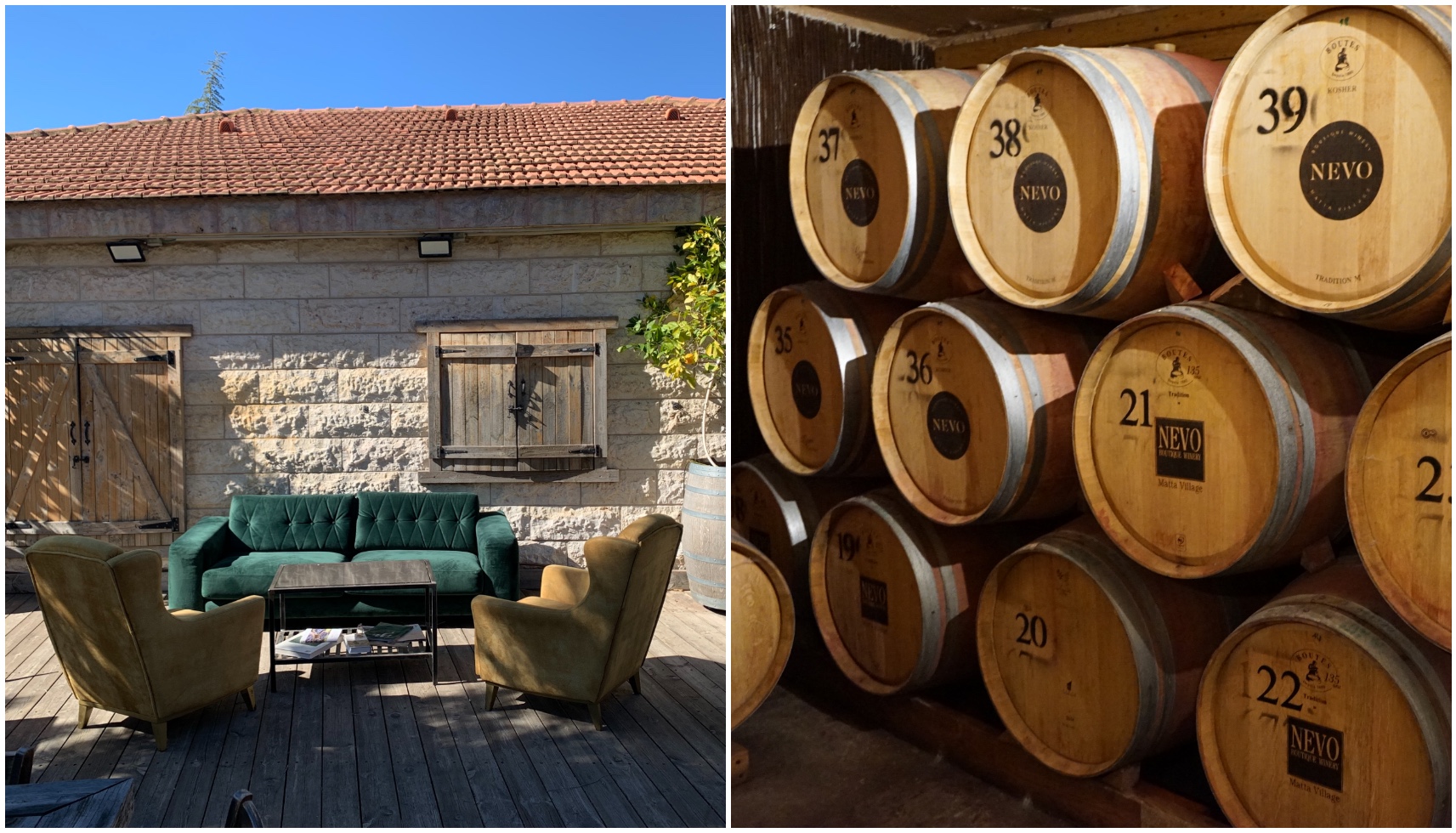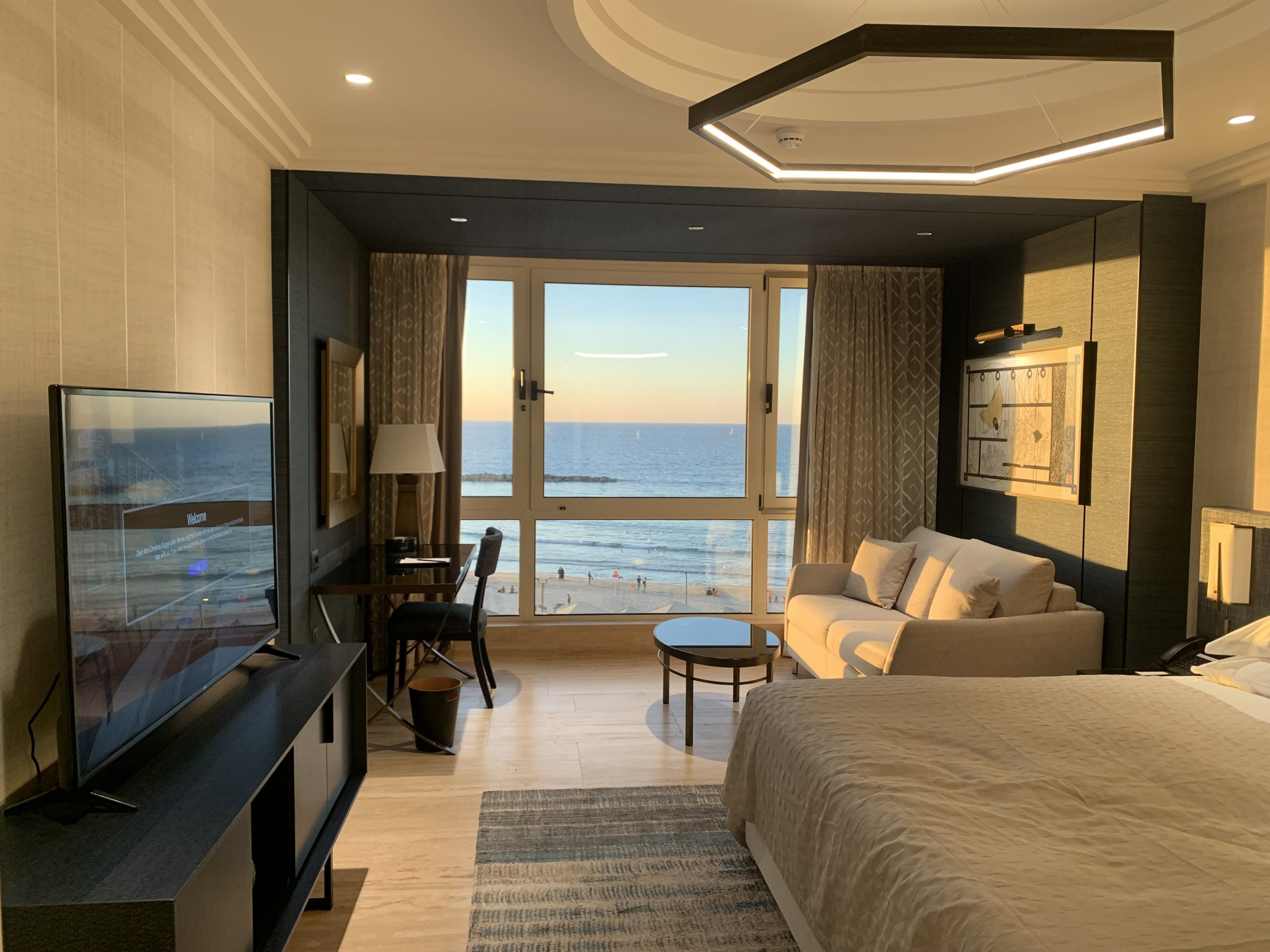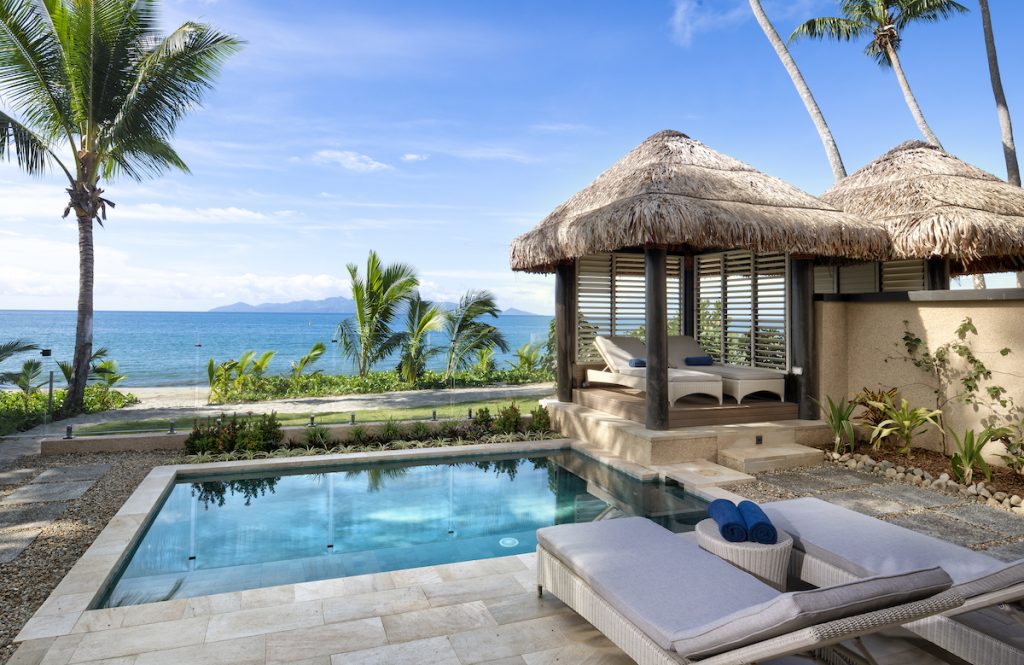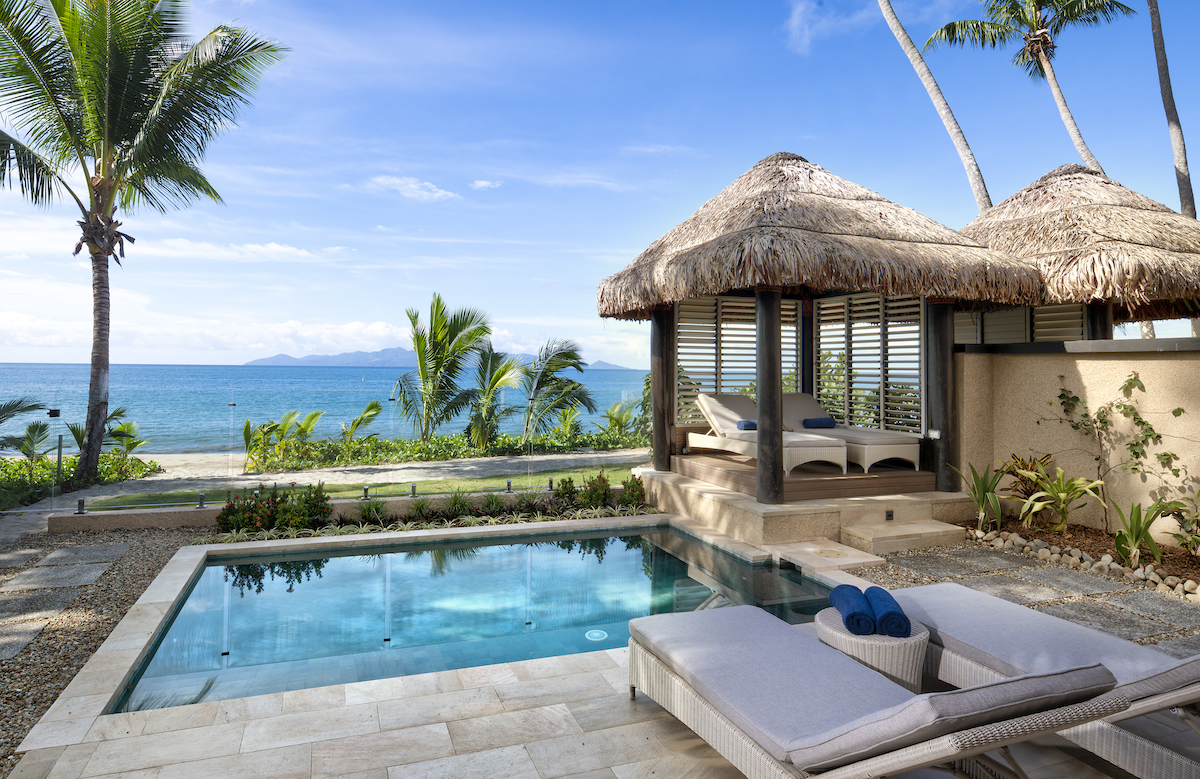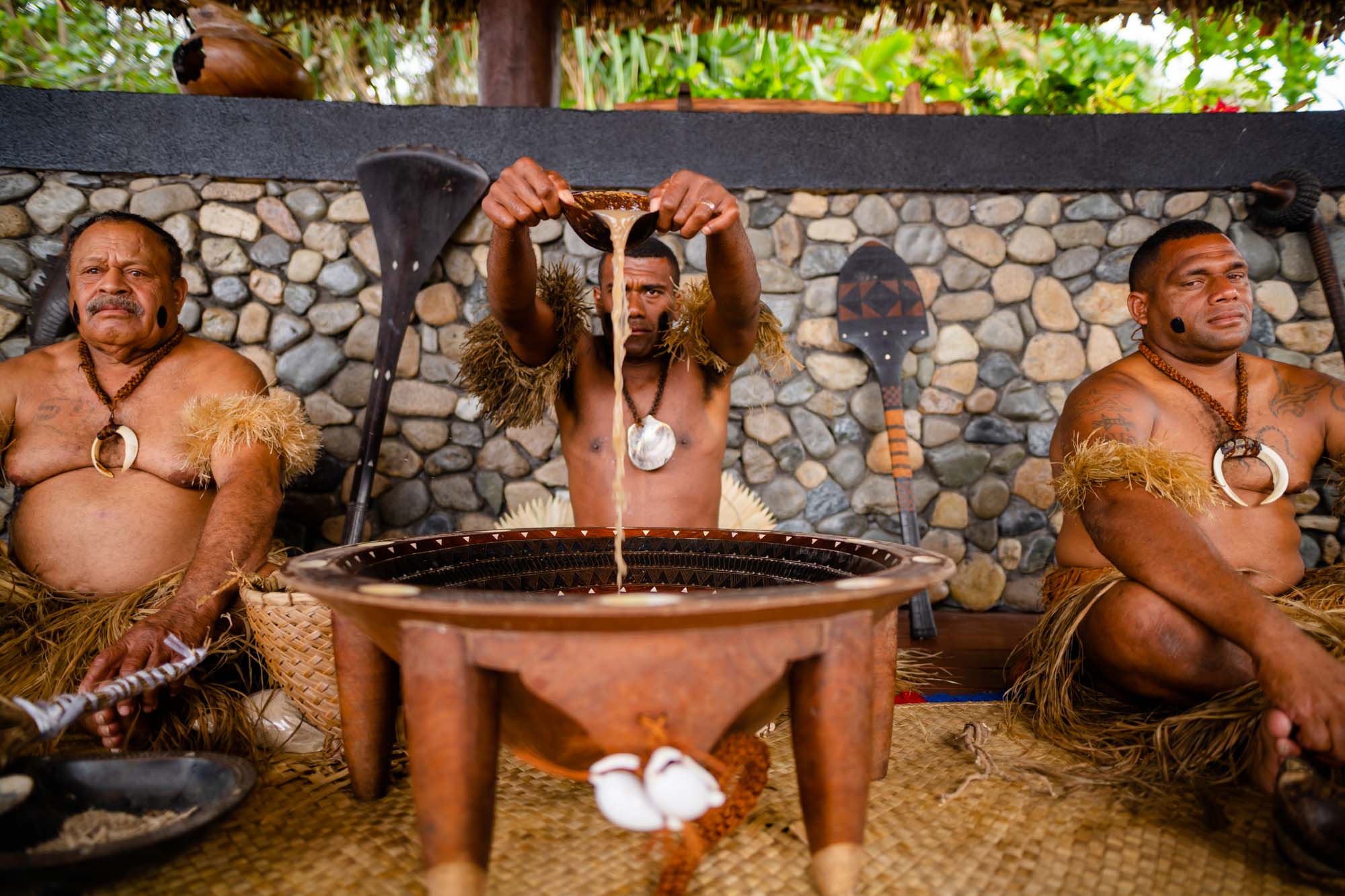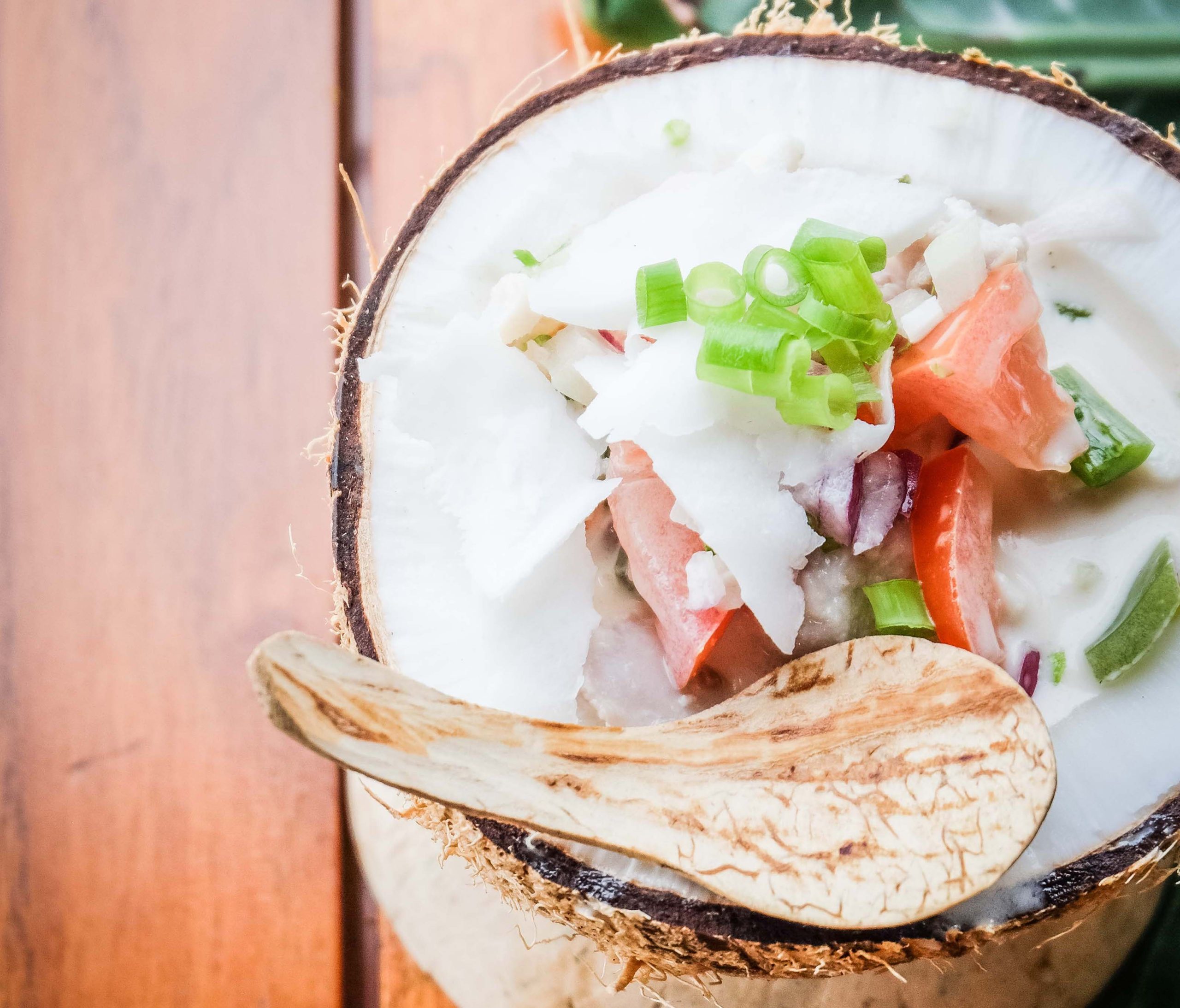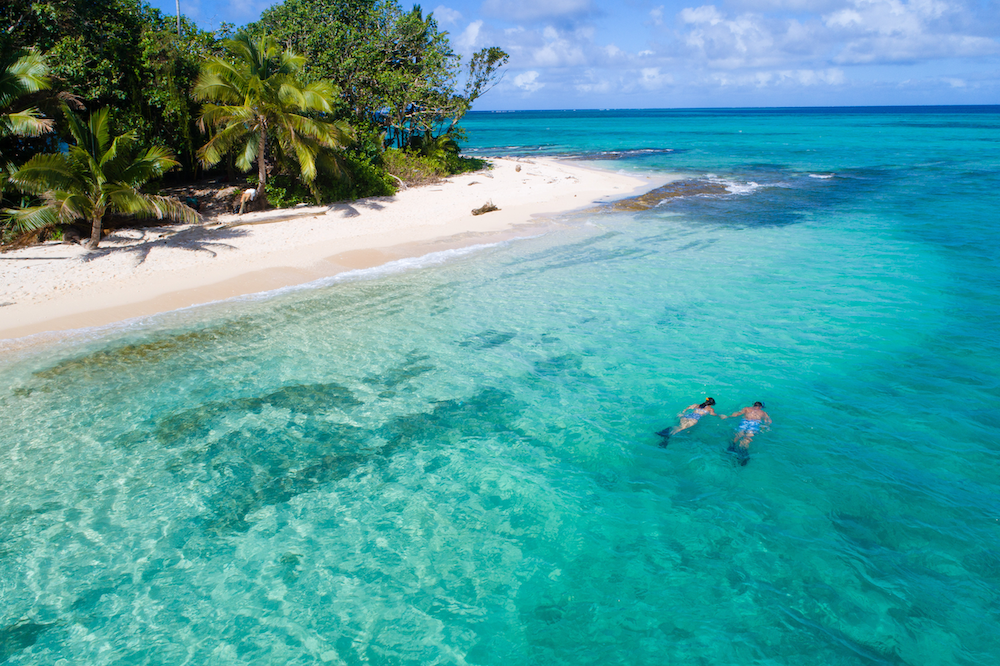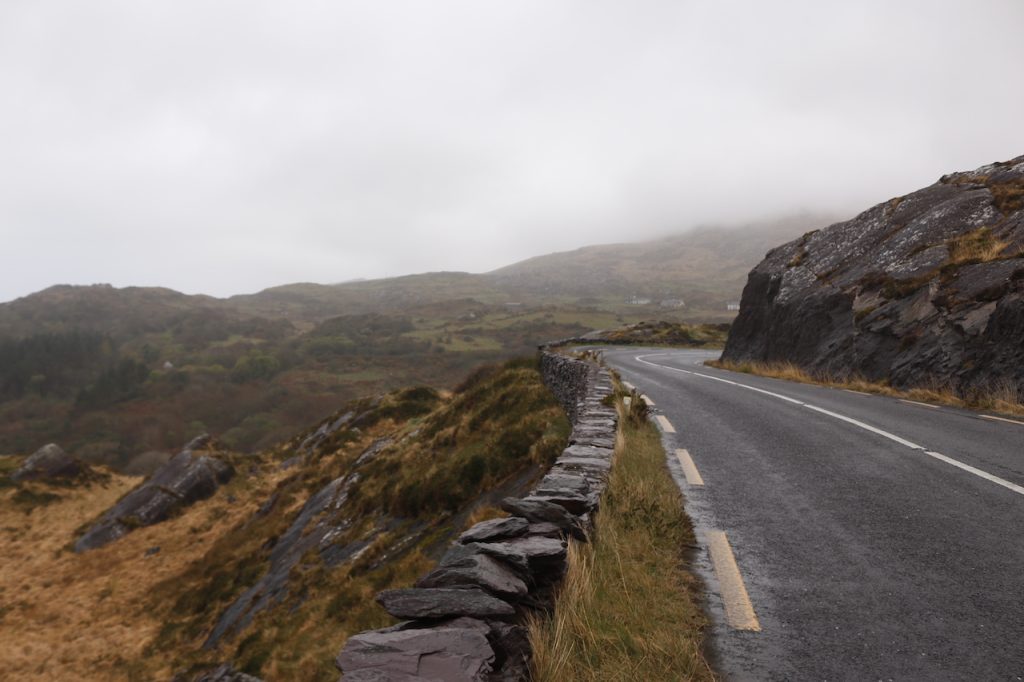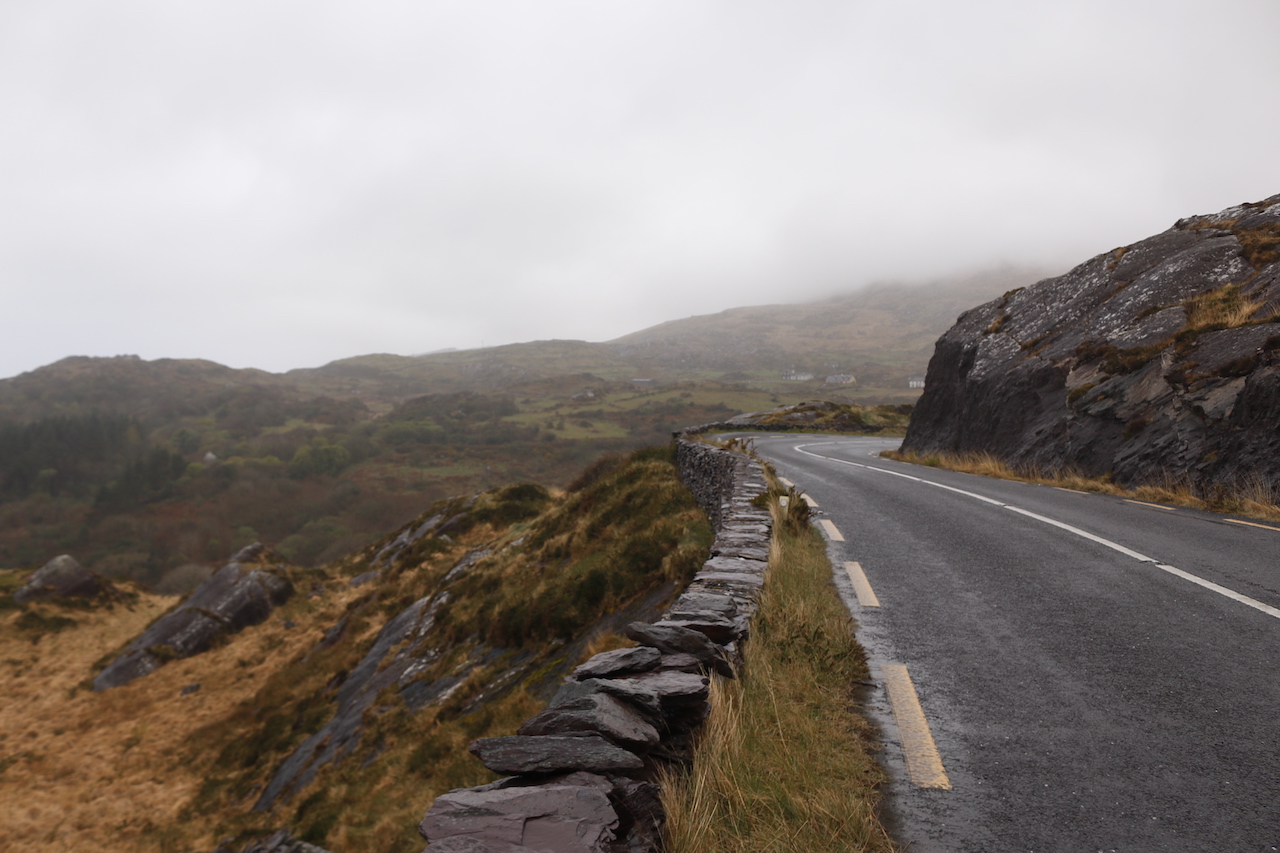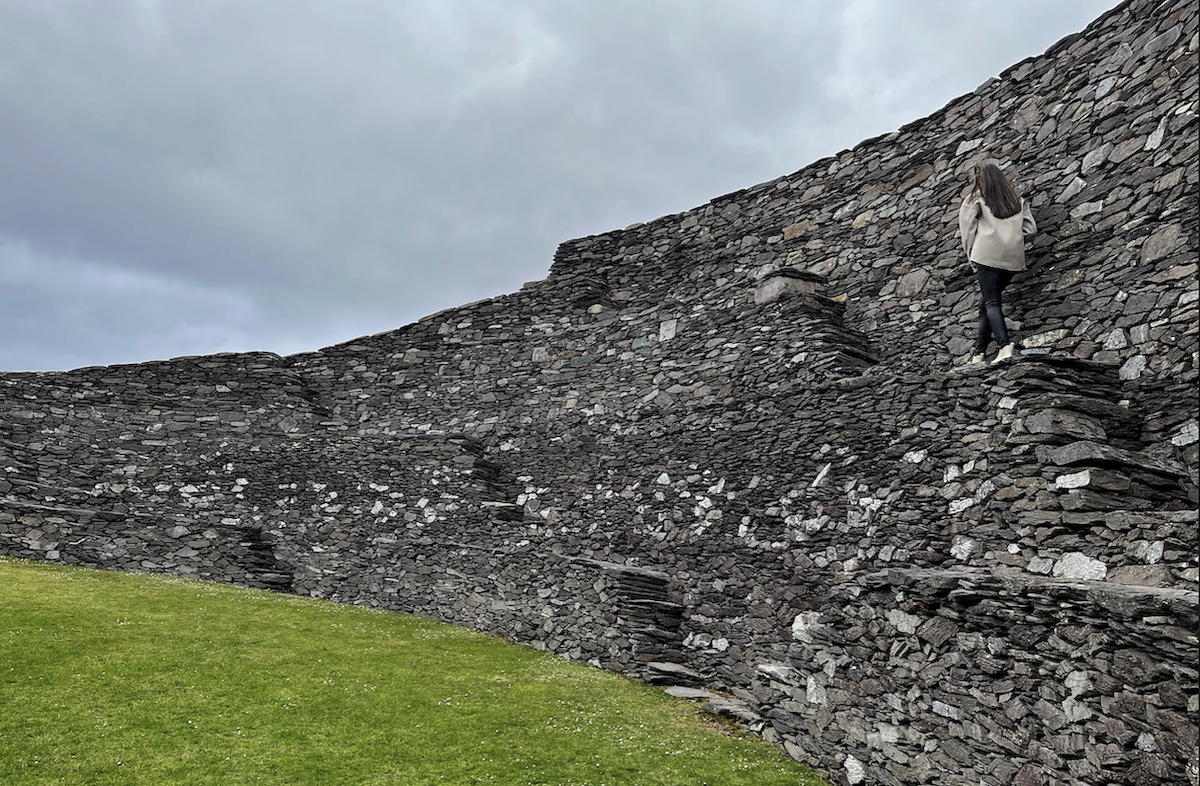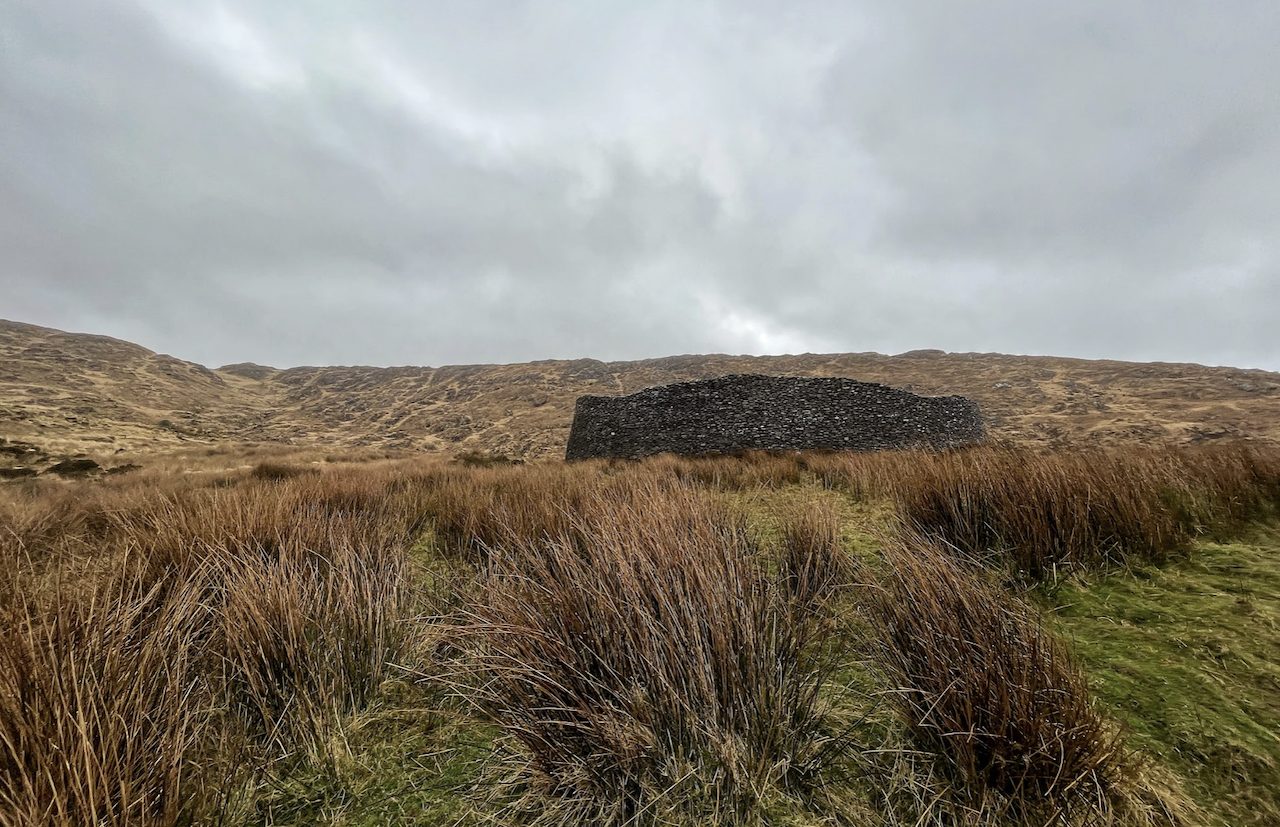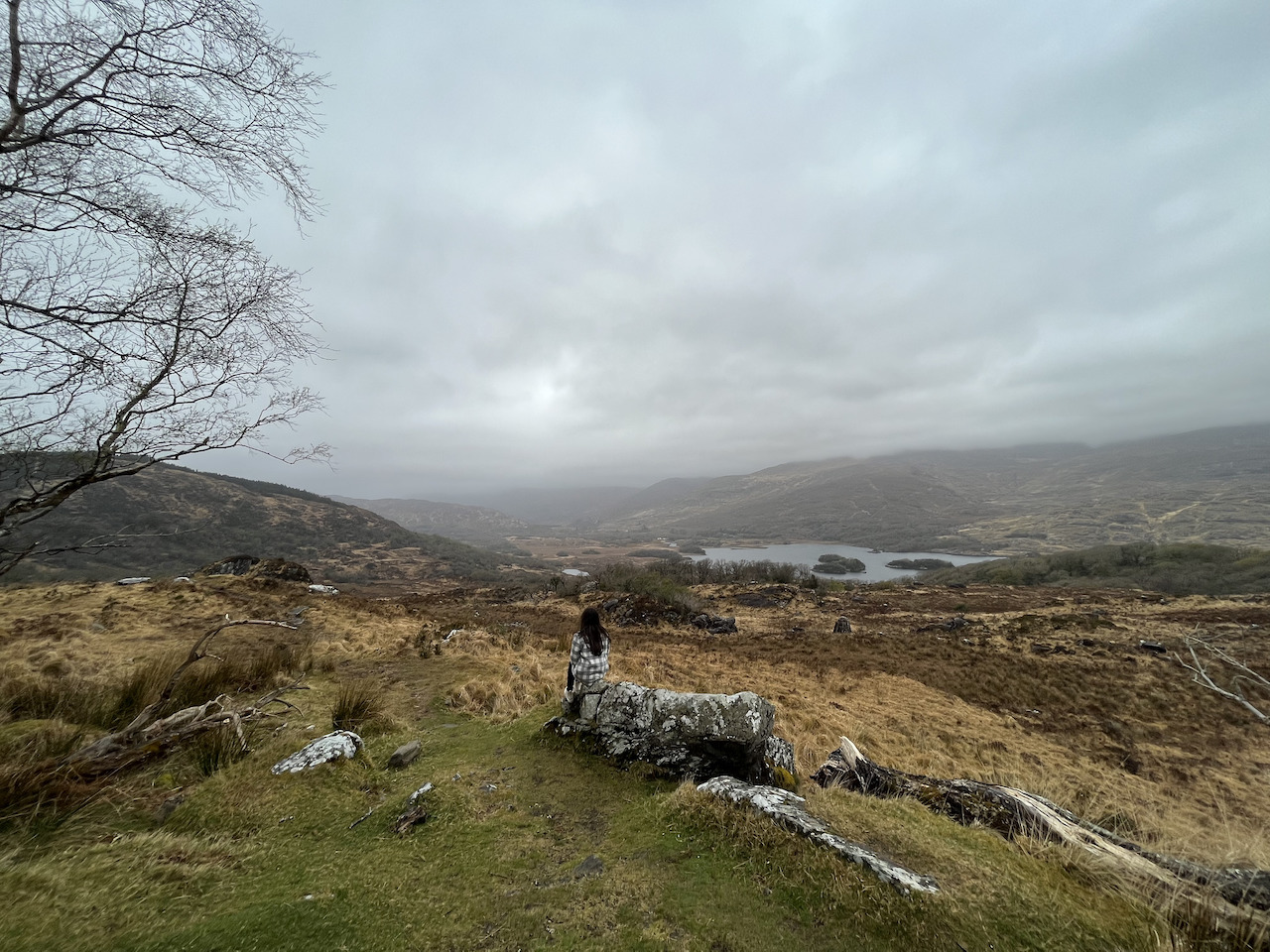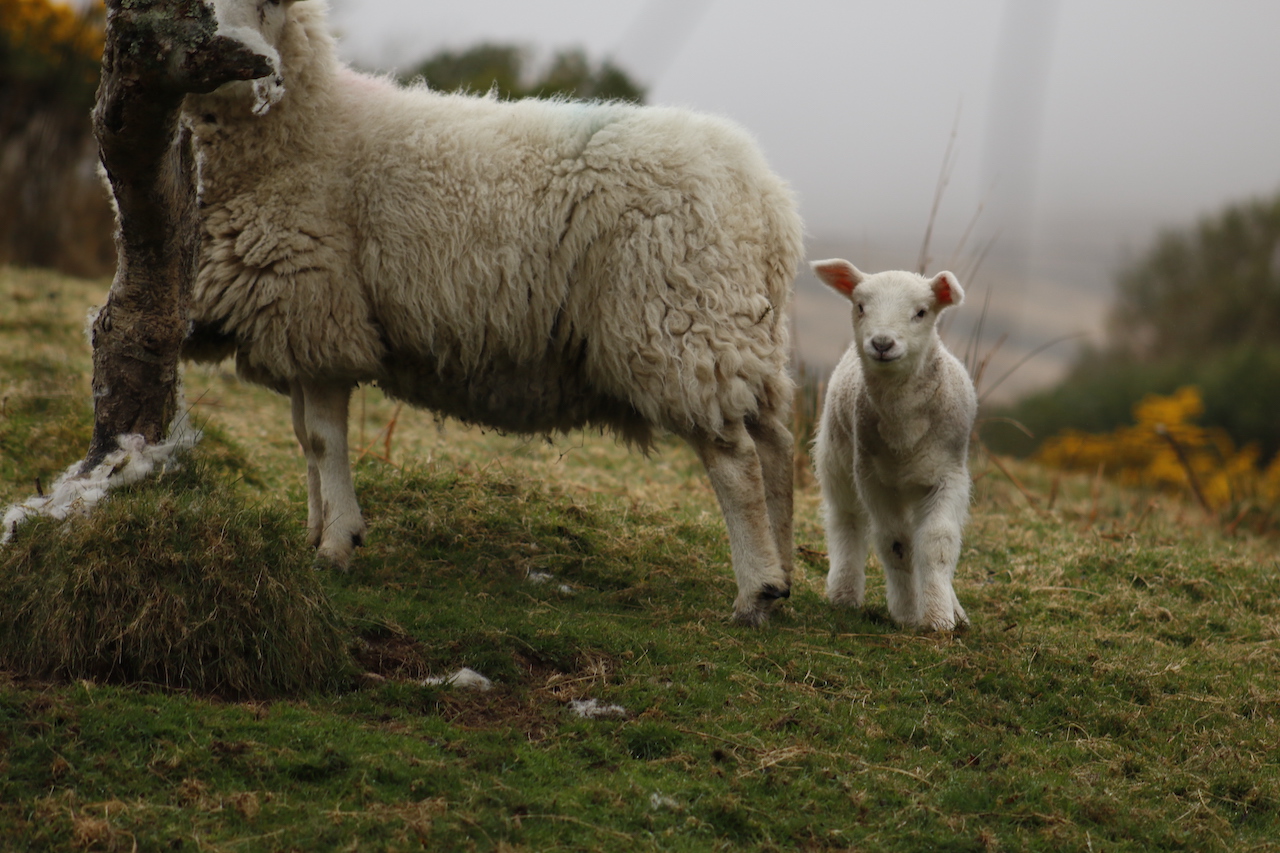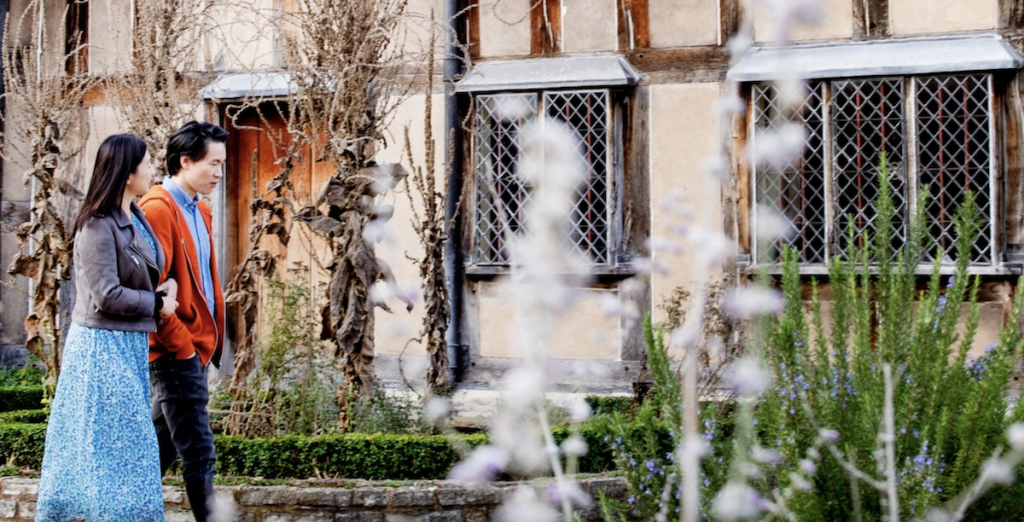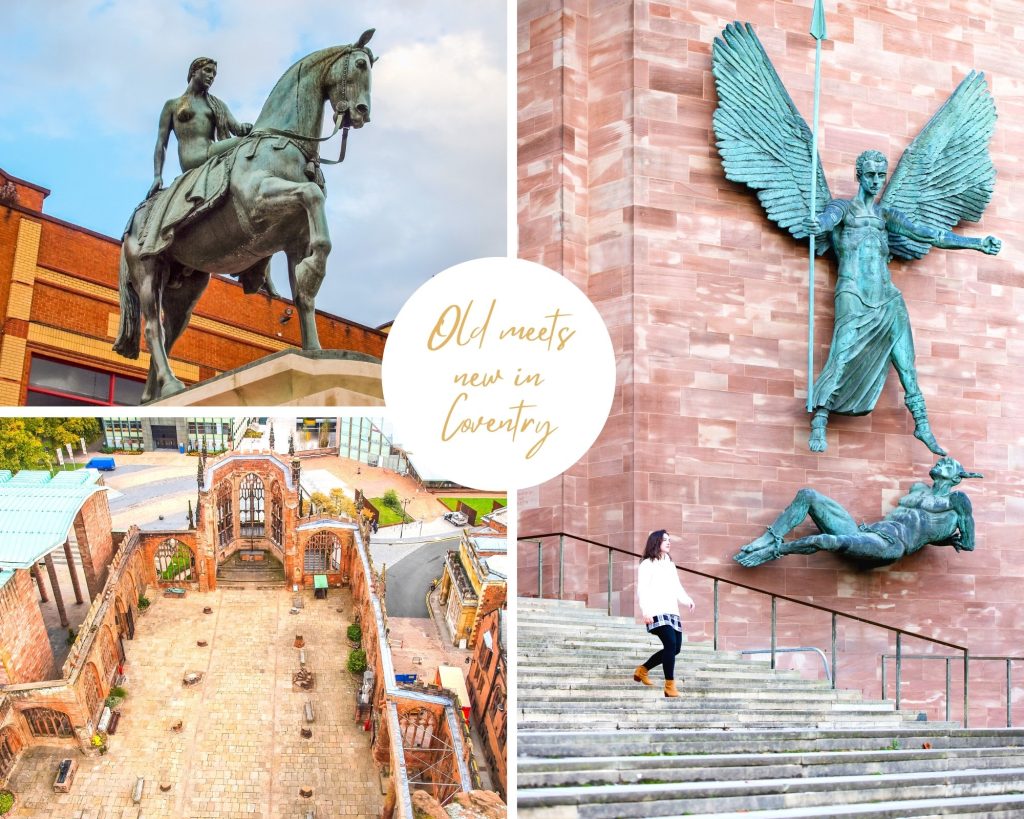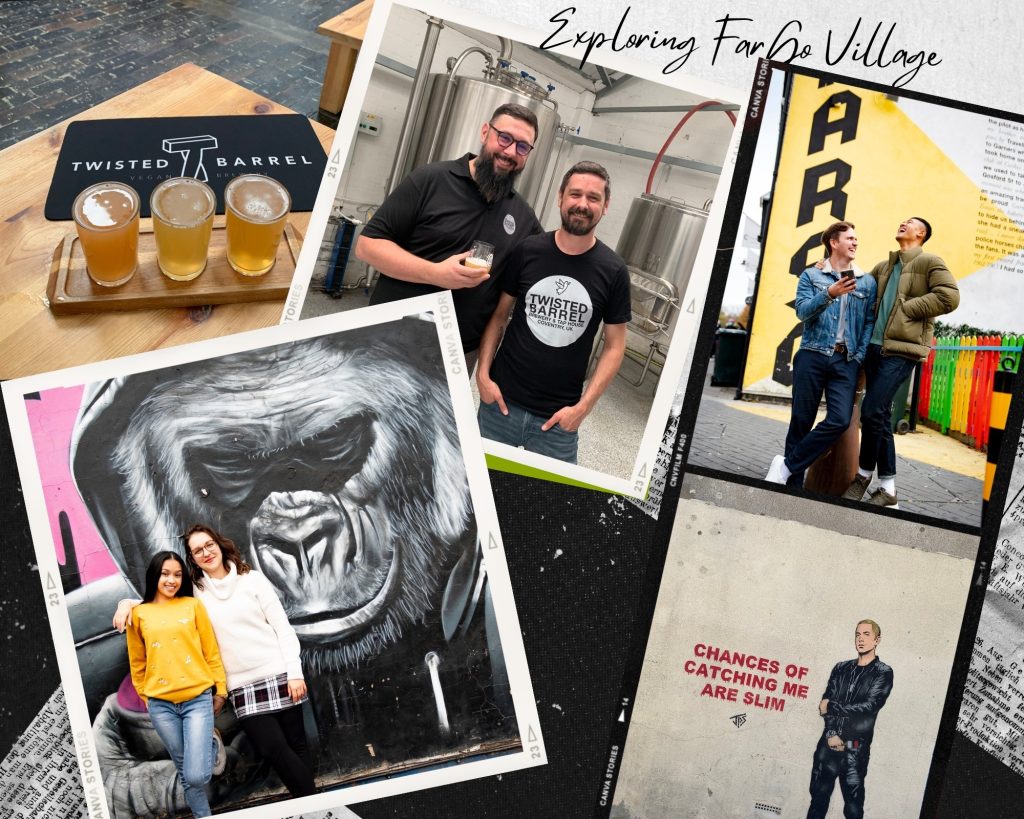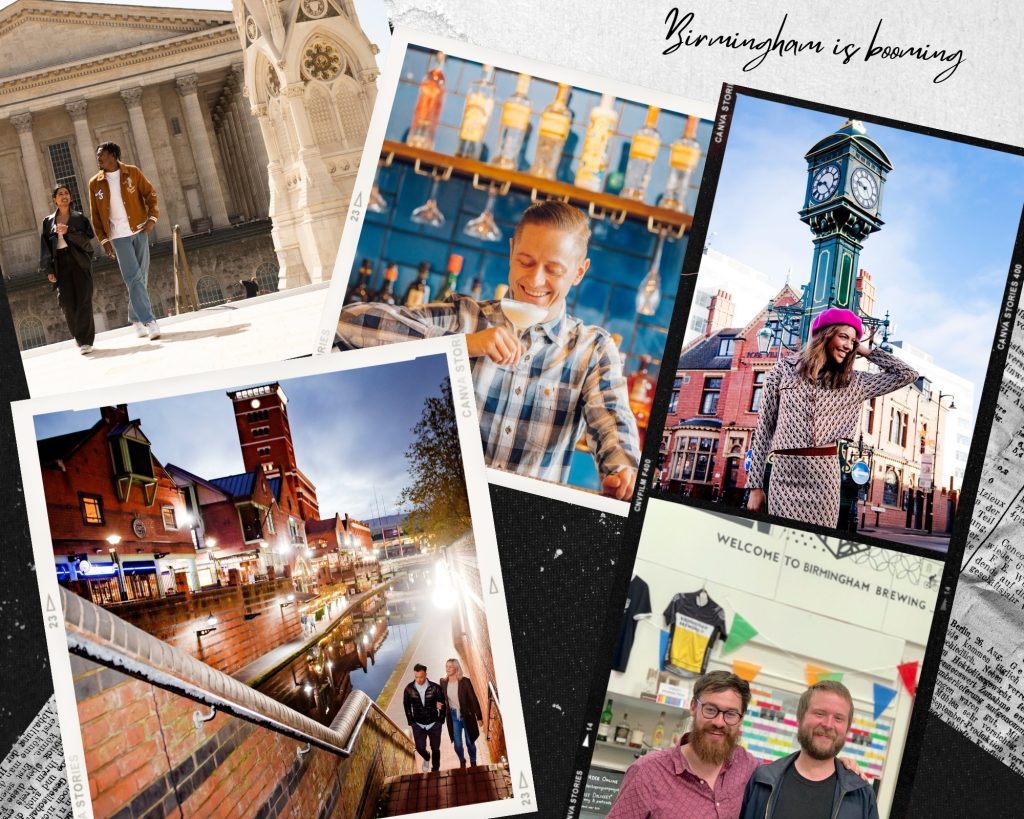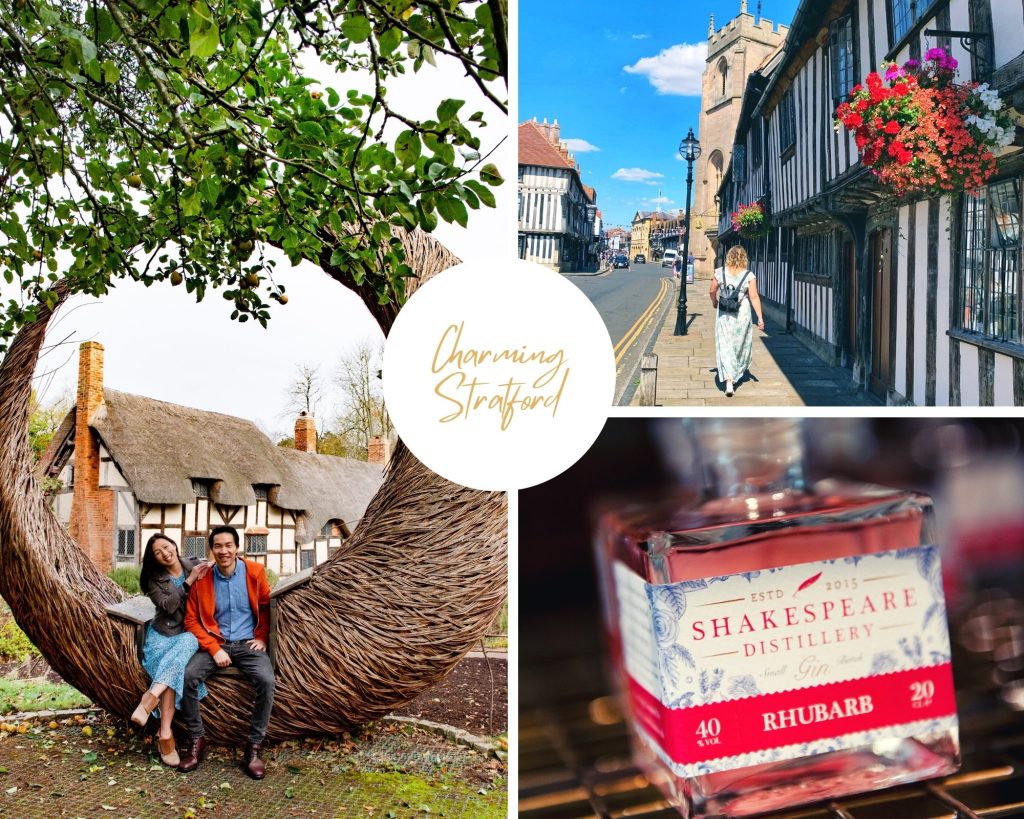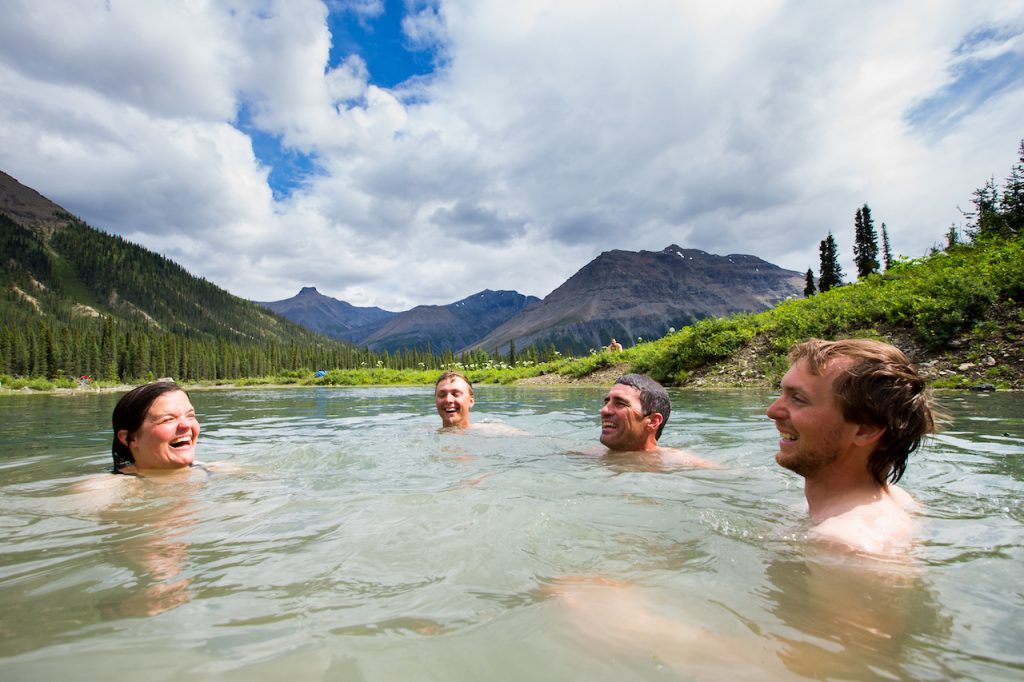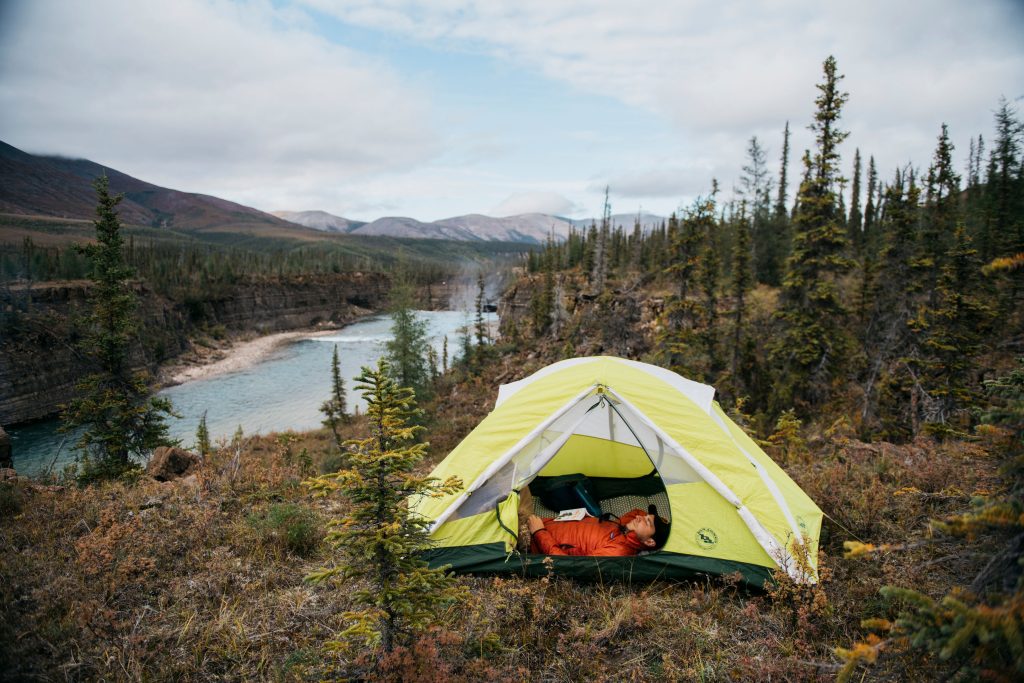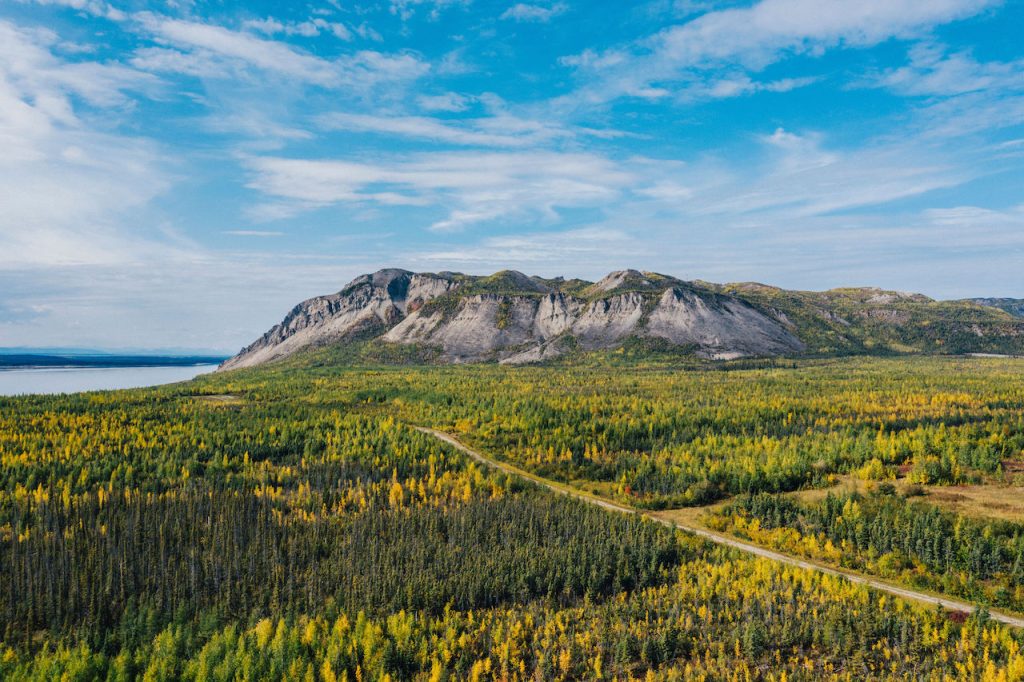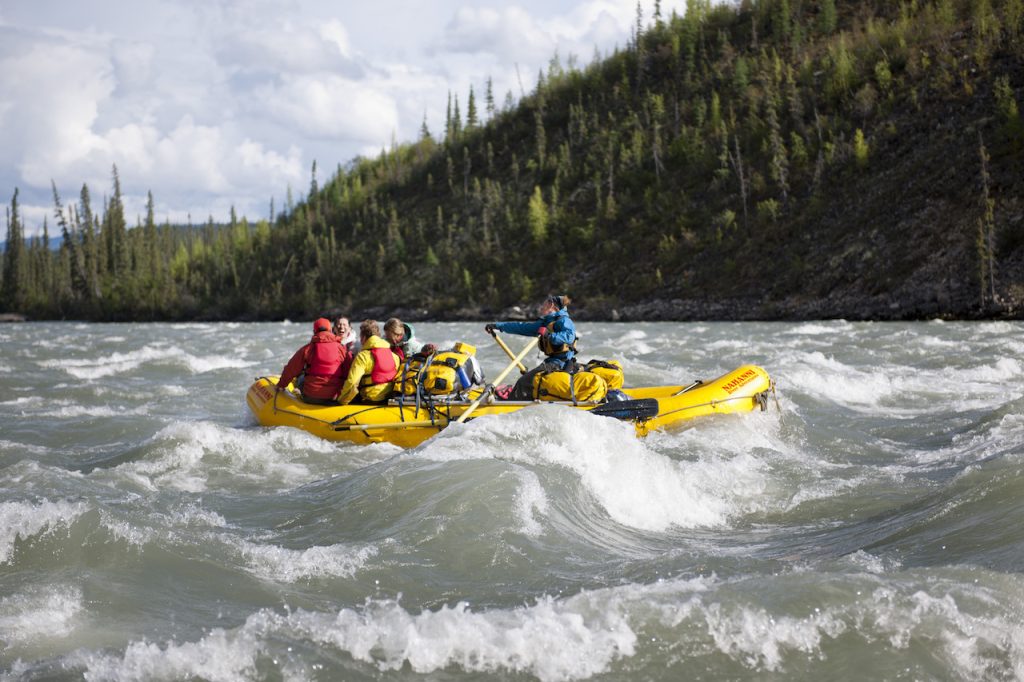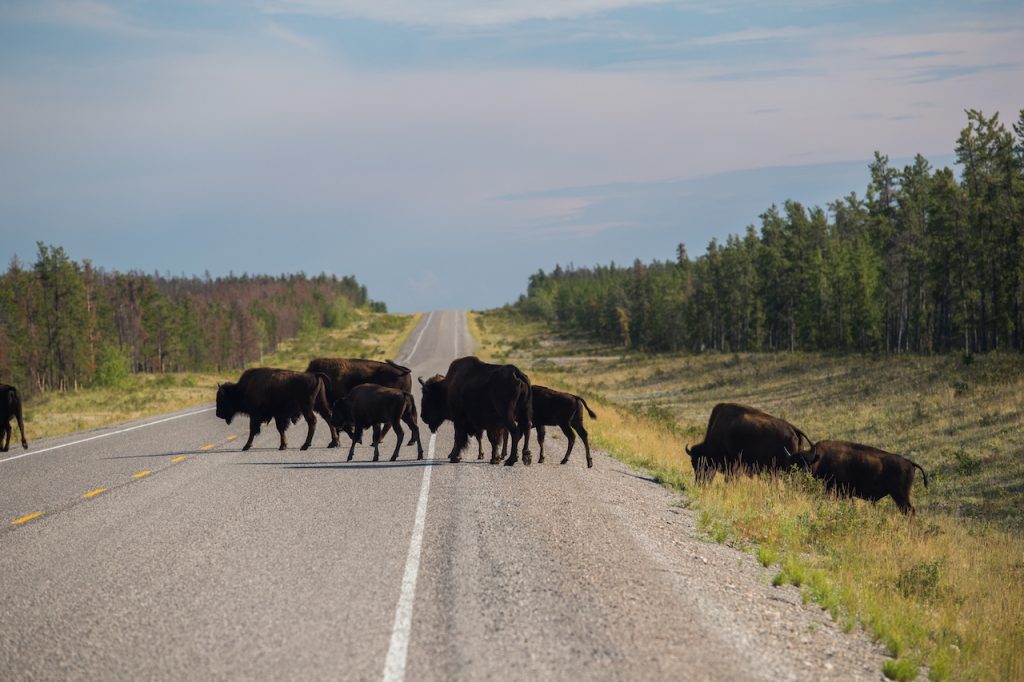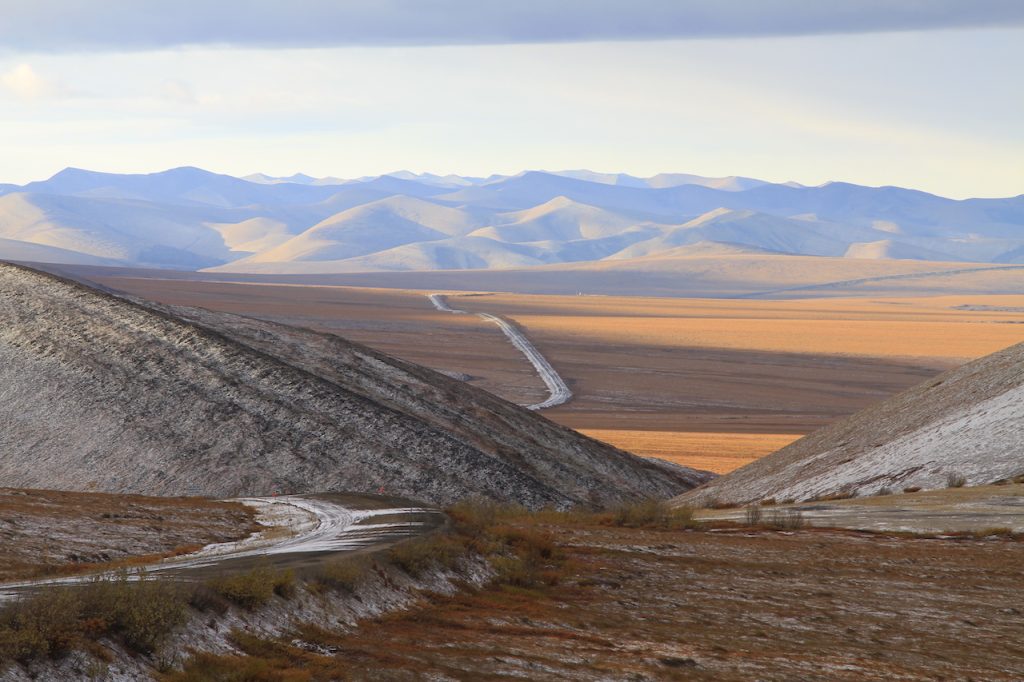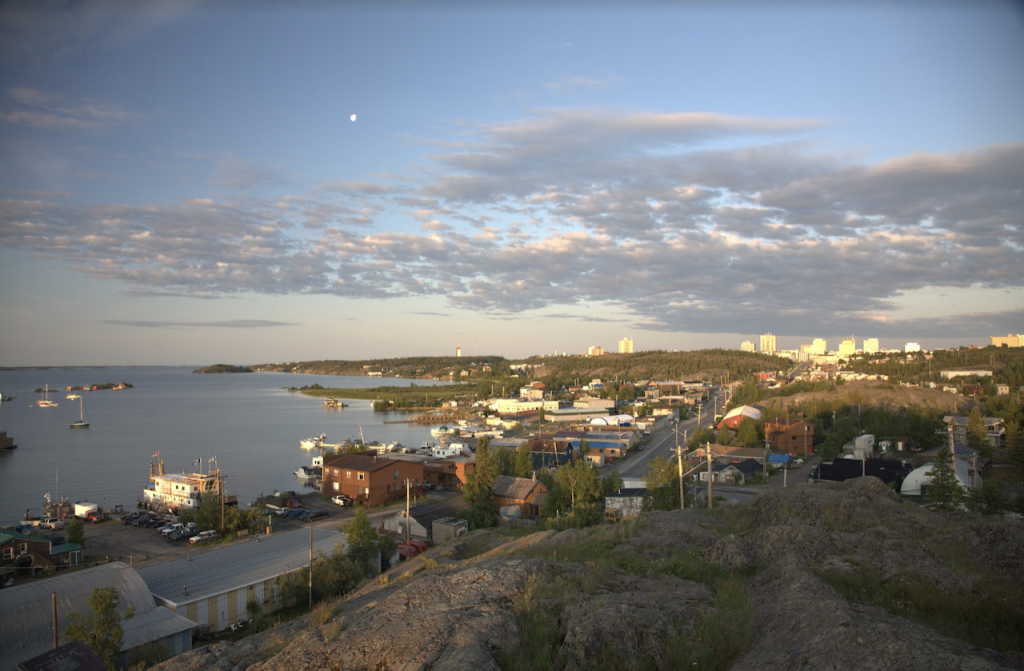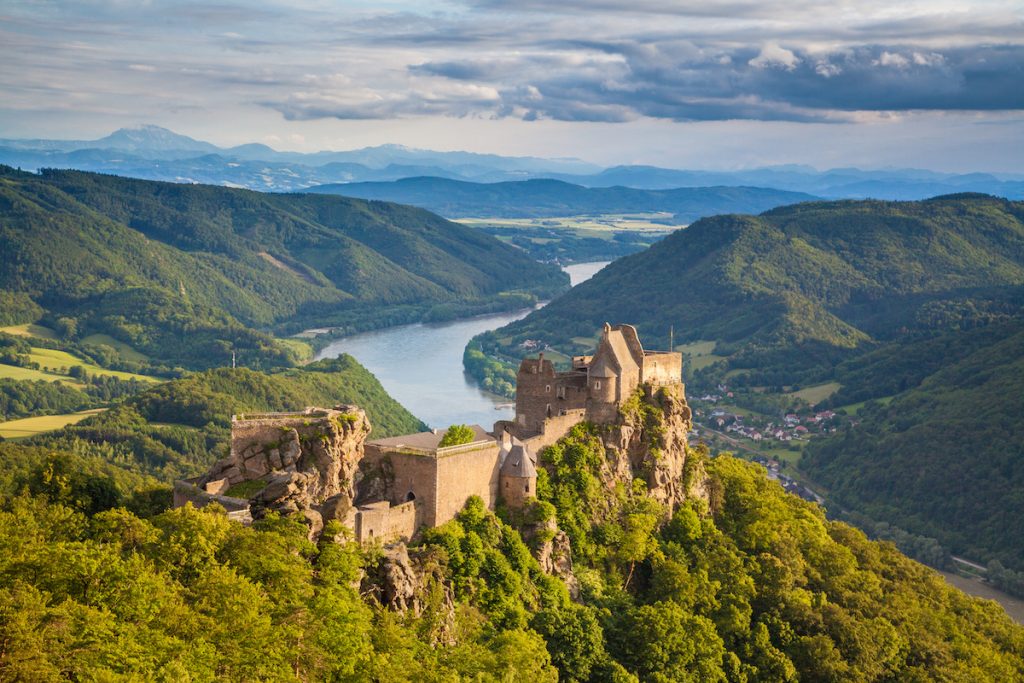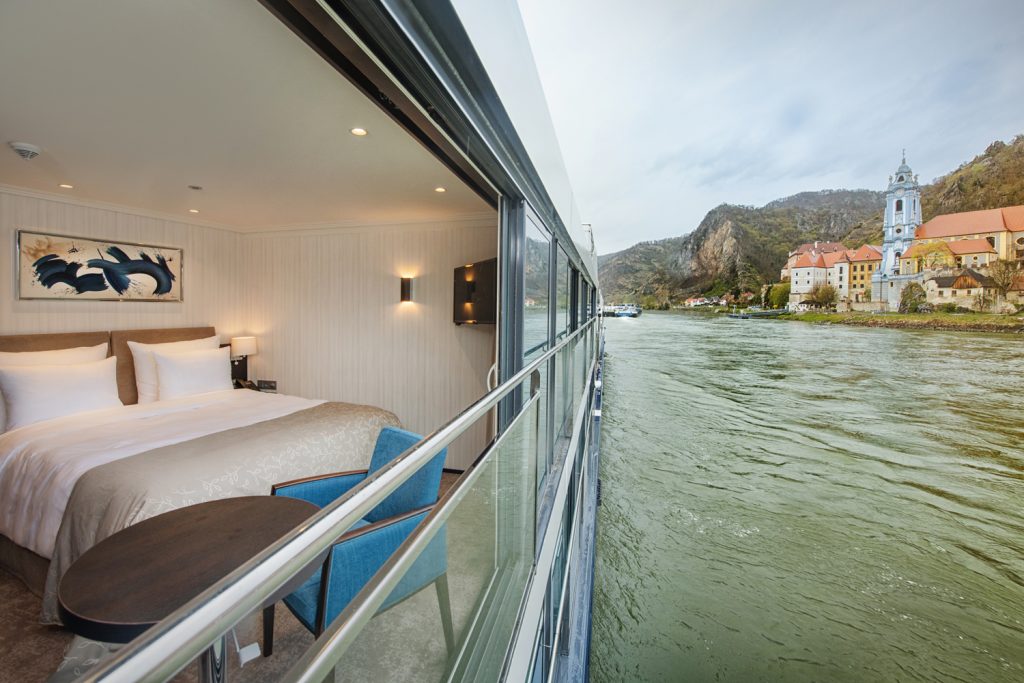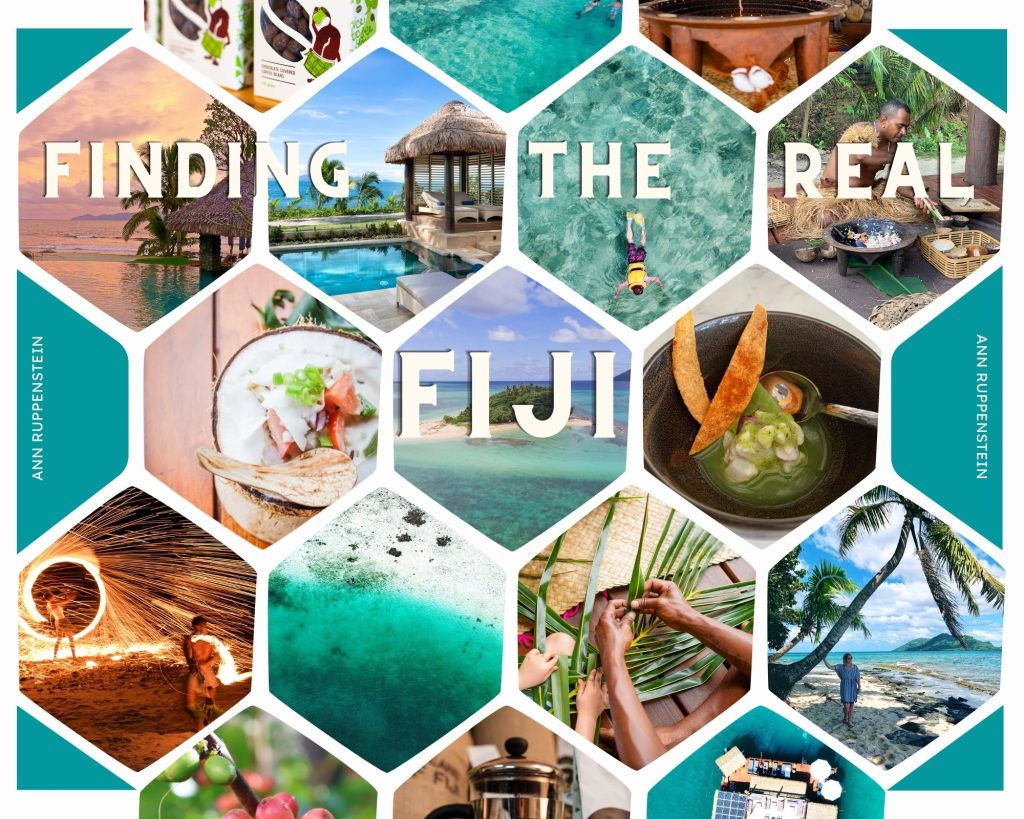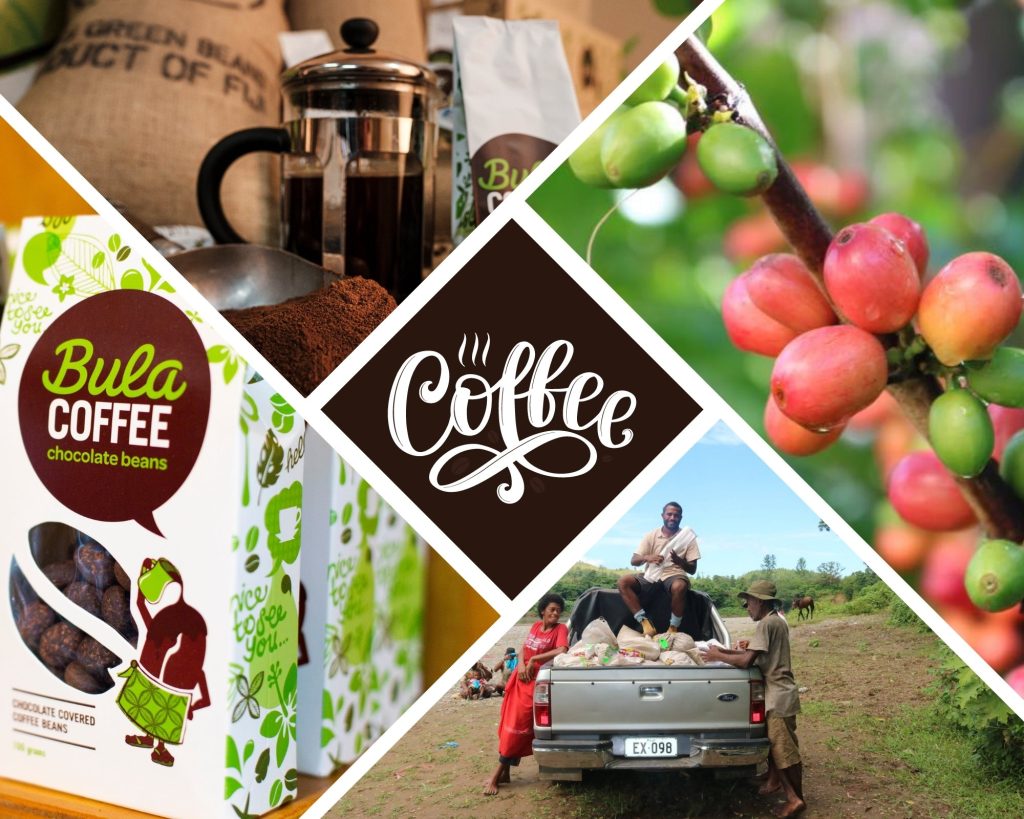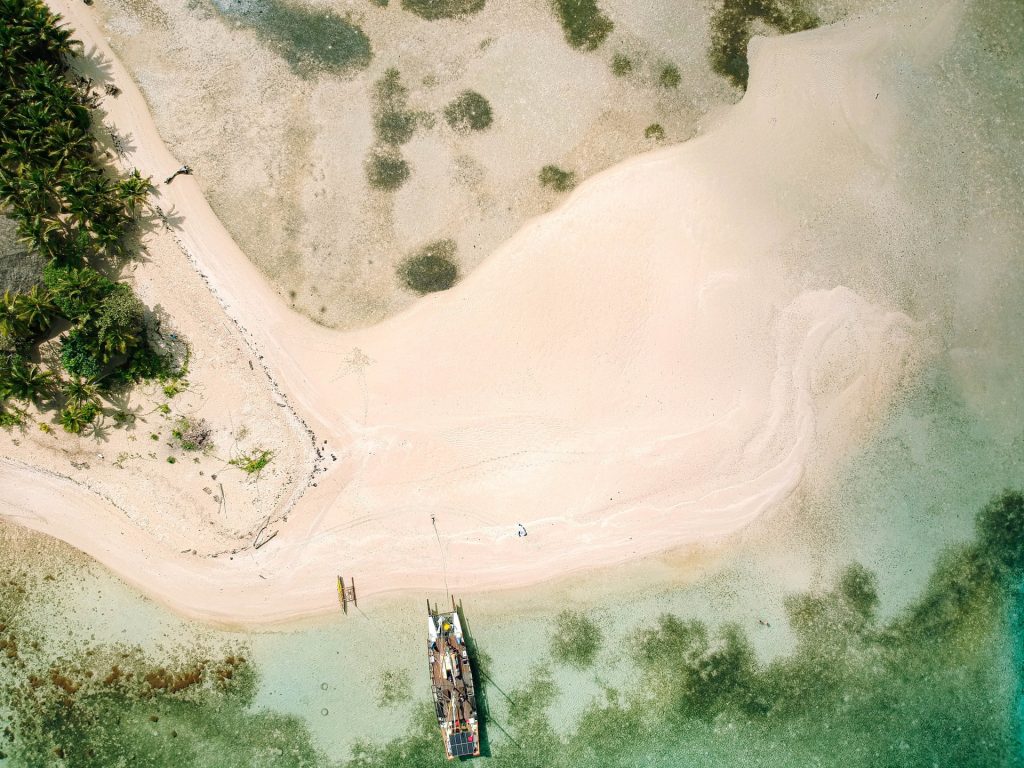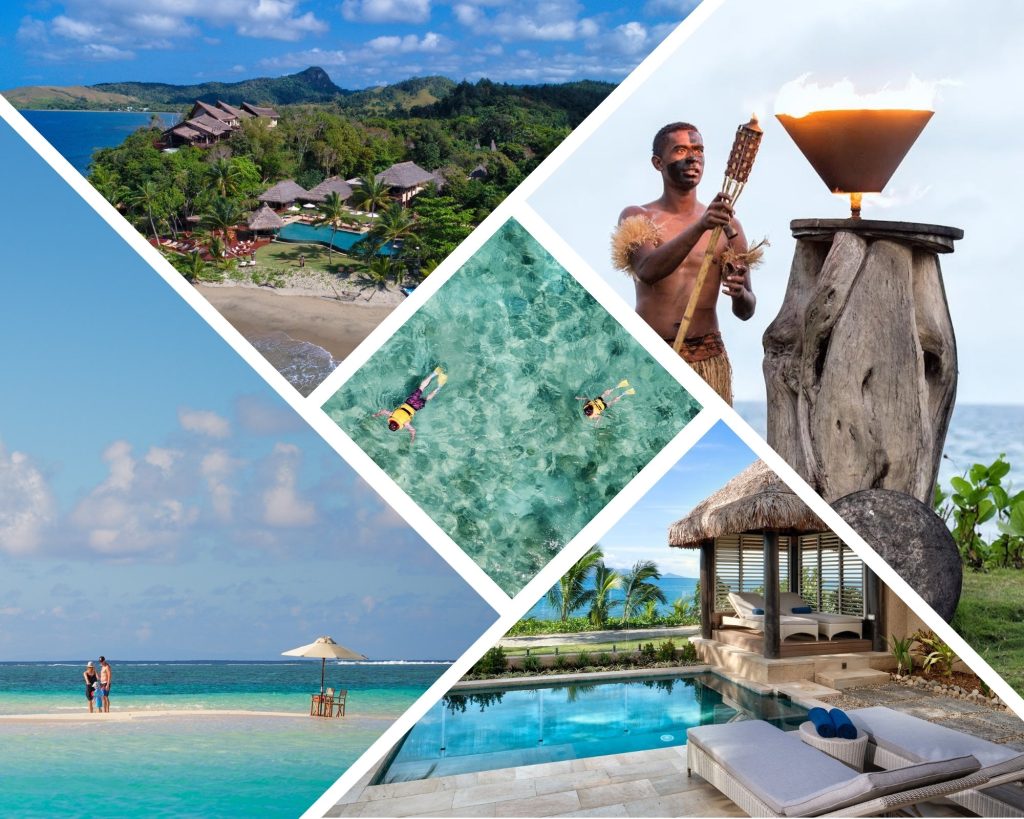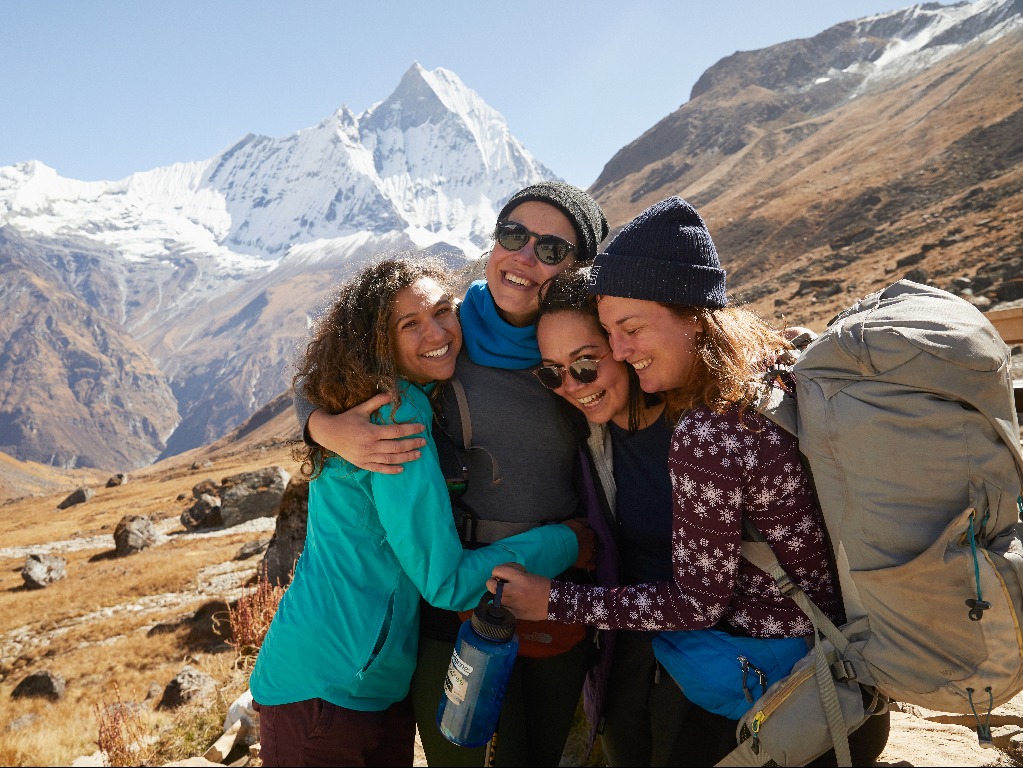
30 female-led tours that celebrate International Women’s Day
According to data from the World Travel and Tourism Council (WTTC) data, women in tourism comprise a significant portion of the sector’s workforce, accounting for nearly 40 per cent of the total employment.
This marks a substantial increase from 2010 to 2019, highlighting a 24 per cent surge in direct female employment within the sector, increasing from 38.6 million to 47.8 million.
Key findings reveal that hospitality stands out as the leading employer of women within the travel and tourism sector, with more than half (52 per cent) of all female employment in 2019 attributed to this segment.
“As our sector continues to grow, women have a key role to play; we have the opportunity to make travel and tourism more resilient and inclusive,” said Julia Simpson, president and CEO, WTTC. “Putting women at the heart of travel and tourism will be critical to securing a sustainable future for the sector.”
In celebration of International Women’s Day (Mar. 8), here are 30 not-to-be-missed female-led tours to experience in 2024.
AAT Kings

On the 14-day Southern Spirit guided vacation offered by AAT Kings, clients have the opportunity to visit Real Country farm on a Make Travel Matter Experience near Queenstown, New Zealand.
The Real Countryfarm is founded and owned by Laura Koot, who is passionate about empowering women to join the agricultural industry in New Zealand. She offers the Southern Girl Finishing School workshop which was created to help build confidence in teenage girls.
Koot also partnered with the Fairlight Foundation to develop on-farm training programs that foster and support career advancement for women in the agriculture industry in New Zealand.
Fairlight Foundation aims to remove barriers for rural women and provide free professional farming courses and services to advance women in the farming industry. AAT Kings is committed to supporting and empowering women and donates funds to The Fairlight Foundation for every guest on the Southern Spirit journey.
African Travel Inc.
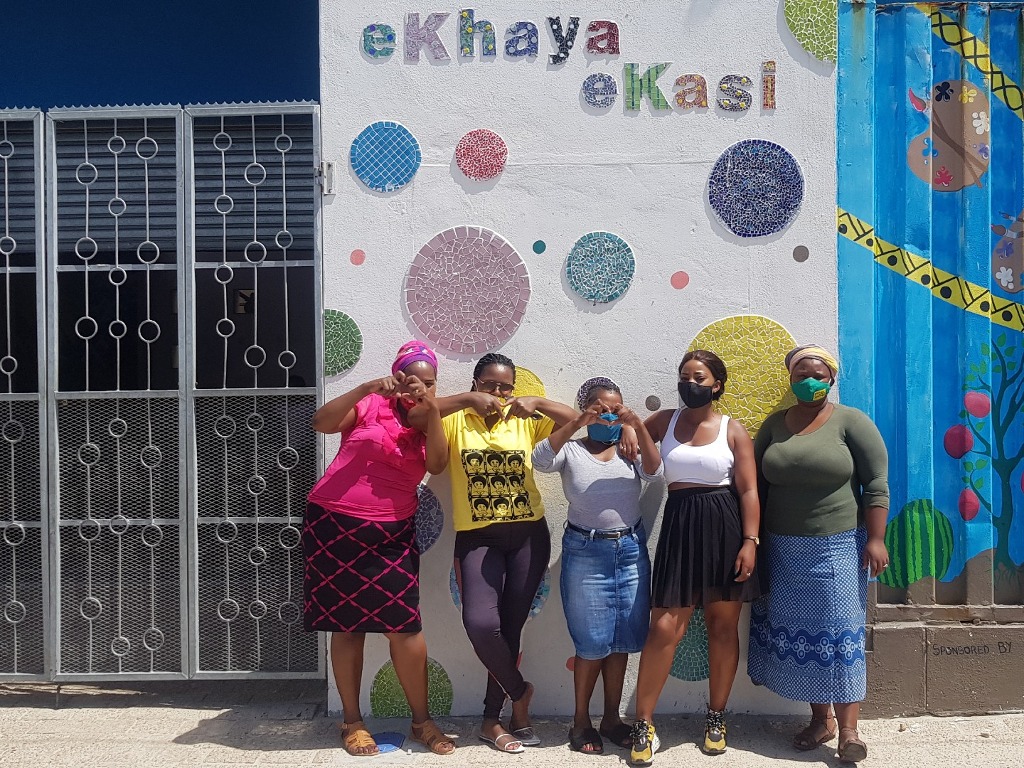
During African Travel Inc.’s 10-day Southern Explorer journey, clients can witness South Africa’s unique spirit of Ubuntu by visiting Uthando’s eKhaya eKasi Art and Education Centre, a non-profit organization located in Khayelitsha, Cape Town.
Guests will participate in a Make travel Matter experience, where they’ll learn and experience the lives of these remarkable and courageous women by participating in various grassroots development programs. eKhaya eKasi serves as a community resource, providing skill training and entrepreneurship opportunities for women to promote economic development.
The centre also offers a range of community programs, including after-school activities for children, entrepreneurial skill development for women, and the sale of handmade crafts and art pieces available at the Art Boutique, which clients can purchase to support the artistic efforts of these women. African Travel, Inc. also offers private experiences with Uthando for clients interested in learning about Cape Town’s culture, history, and the philanthropic community.
Alpaca Expeditions
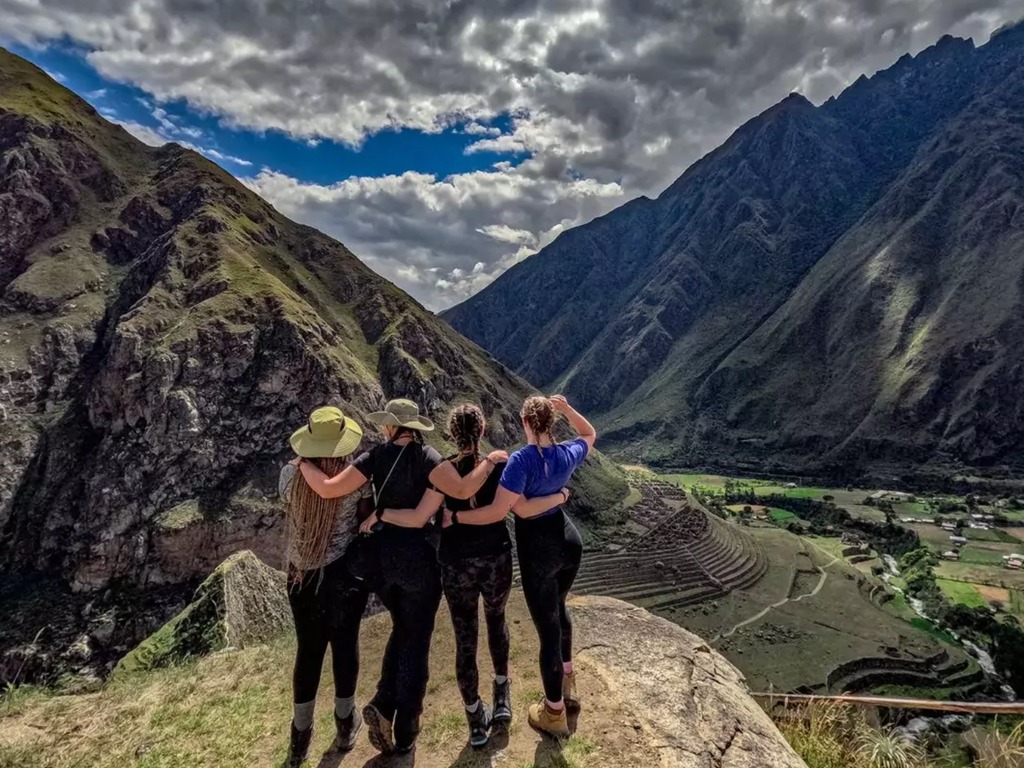
Featuring an all-female team of guides, porters and chefs, Alpaca Expeditions will offer a women-only, seven-day Salkantay & Sacred Valley Tour this June.
Participants will find themselves in a range of accommodations, including unique options like glass cabañas and charming hobbit houses, while embarking on an off-the-beaten-path trek along the Salkantay Trail, exploring the Sacred Valley, hiking to Humantay Lake and touring Machu Picchu.
Participants will also enjoy immersive culinary workshops, wine tastings, guided coffee tours and an educational excursion to an alpaca farm to learn about the traditional art of weaving.
G Adventures
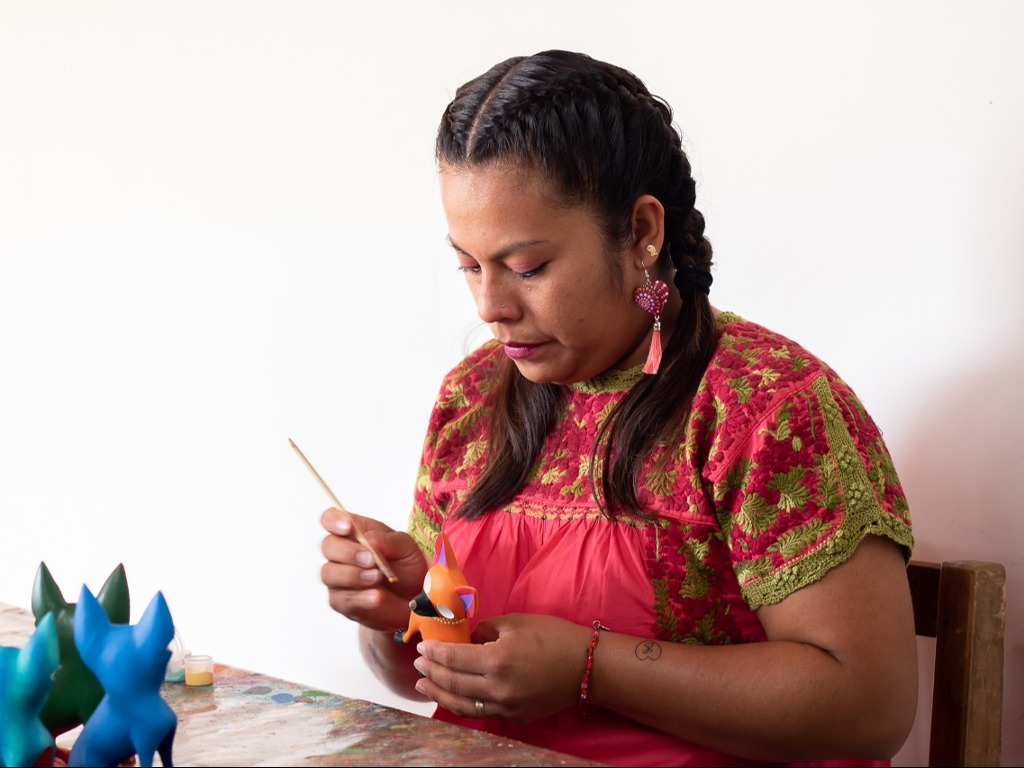
G Adventures and its non-profit partner, Planeterra, have introduced five new community tourism projects designed to empower local women in the countries it visits, supporting the 444 women who help operate these five social enterprises.
Travellers can now experience the new women’s empowerment projects on the following G Adventures trips:
- Kirtipur Community Experience – Annapurna Sanctuary
- Restaurante El Manglar – Mayan Encounter
- Ban Ou Community Tourism – Thailand and Laos Adventure
- Lady Tuk Tuk Driver Association – Cambodia Experience
- Asociación de Mujeres Artesanas Zoológico Mágico – Mexico City to Oaxaca – Pottery and Aztec Pyramids
Insight Vacations
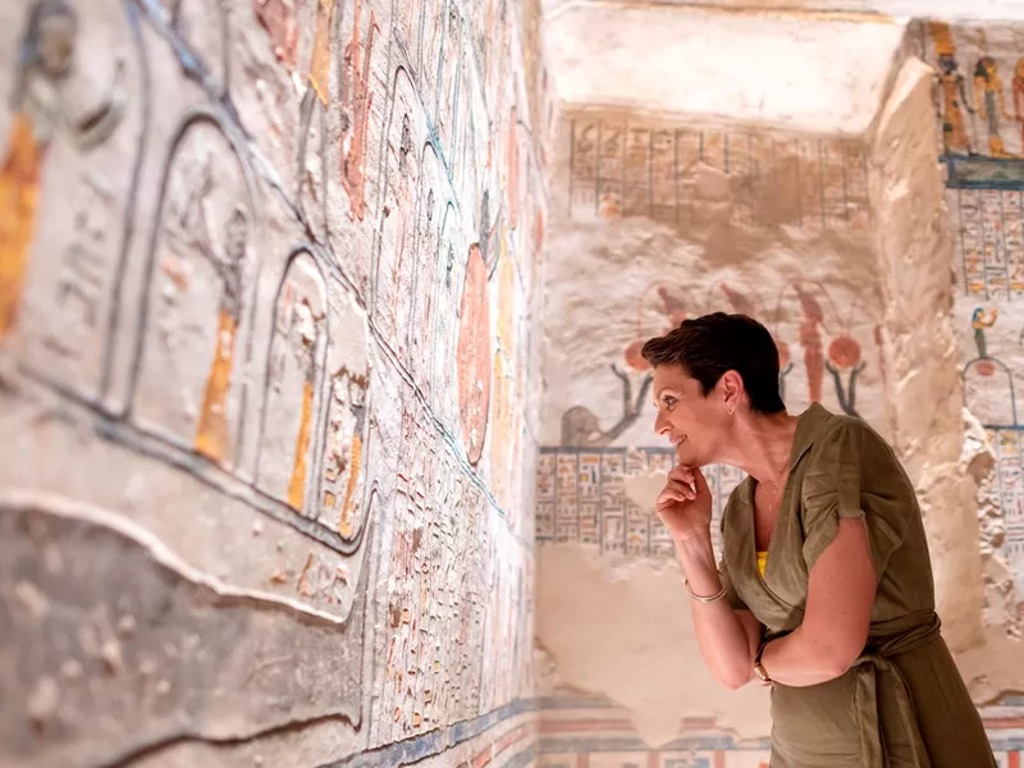
Insight Vacations invites travellers to join small, all-female groups on 11 expert-curated itineraries that span the world from North Africa to South America.
Created for women by women, each itinerary ranges in length from eight to 16 days. Insight’s first small-group Women Only Tours depart in 2025. For a limited time, Insight is offering an eight per cent discount on their Women-Only Tours, in celebration of International Women’s Day.
Intrepid Travel
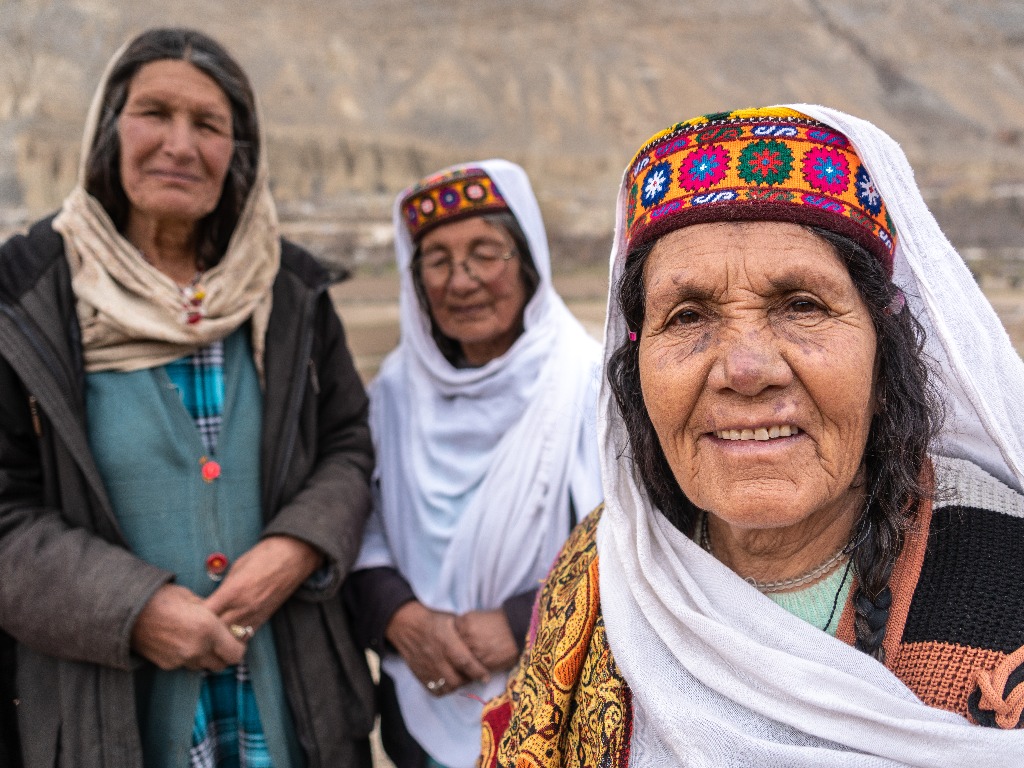
Intrepid’s Women’s Expeditions, which first launched in 2018, are a collection of tours led entirely by female leaders that aim to break down barriers for female travellers, debunk misconceptions about gender norms and celebrate the similarities and differences of women around the globe.
They are designed for female travellers and guided by amazing women all over the world. The trips allow travellers to interact and engage with a range of amazing local women while respecting local values.
In 2023, Intrepid added two new trips to its beloved Women’s Expeditions trip category, launching its first ever female-only tours in Pakistan and Nepal.
There are currently six to choose from:
Lion World Travel
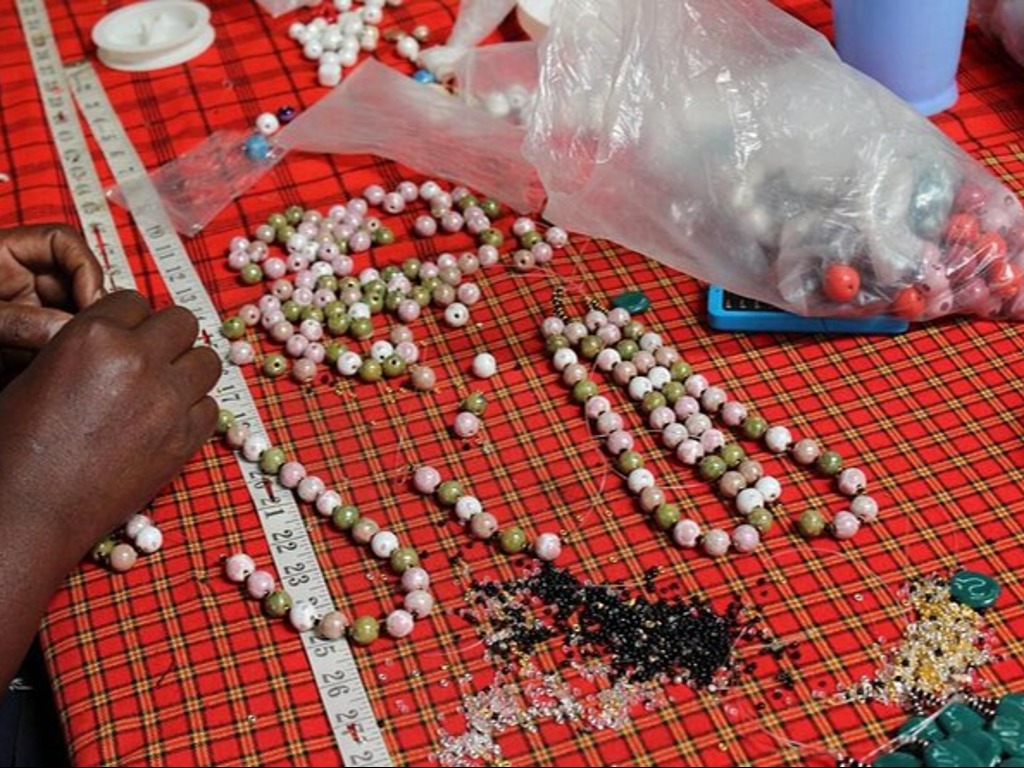
On the nine-day Kenya in Absolute Style journey, guests have the opportunity to enjoy a Make Travel Matter Experience with a visit to the Kazuri Bead Factory, which aims to achieve gender equality and empower women and girls in the villages surrounding Nairobi who are single mothers, facing socioeconomic challenges and in need of regular employment.
The founder started by employing two single mothers, and today, Kazuri has remarkably grown to employ over 340 women who are skilled in crafting ceramic beads into beautiful and artistic handmade jewellery.
Planeterra
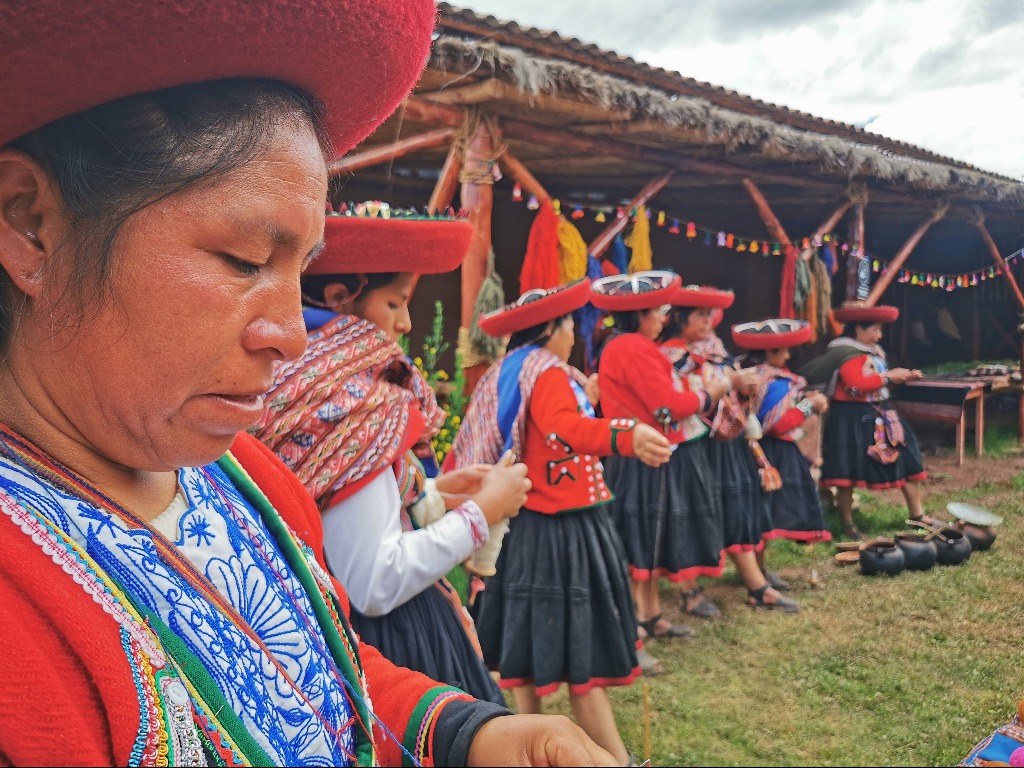
Planeterra recently partnered with Evaneos, an online marketplace for tailor-made tours. Together, they are launching three community tourism enterprises in South America, Asia, and Africa.
Urpis de Antaquillkais a community association formed by 23 women. They ventured into tourism to gain recognition for their handicrafts and generate direct economic income for their families. Through their experiences, this female-led association aims to share ancestral knowledge with those seeking genuine experiences.
PKP Community Centre is a non-profit organization dedicated to fostering female empowerment and gender equality among vulnerable Balinese women and local girls. Through various initiatives, the centre offers programs focused on teaching essential skills like sewing, cooking, yoga, and community integration.
Razafindrabe is a women-led social enterprise on a mission to create sustainable livelihoods for women by promoting traditional Malagasy Raffia craftsmanship. They aim to empower women economically and socially through craft-making while also preserving Madagascar’s cultural heritage.
Wild Women Expeditions
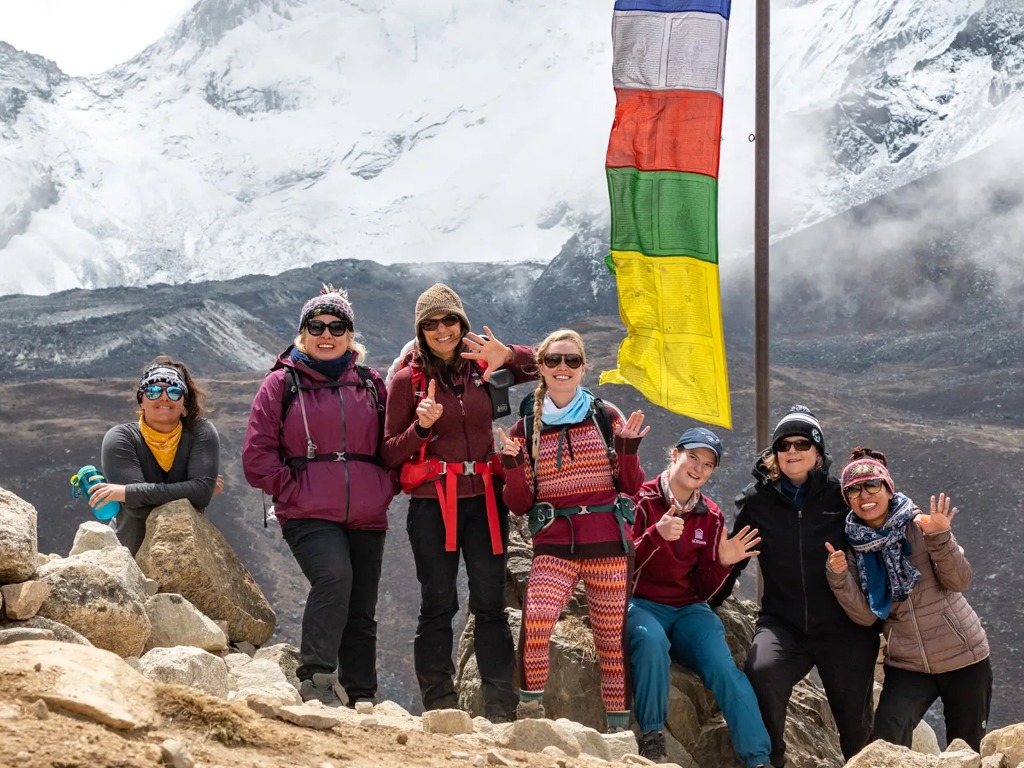
Wild Women Expeditions recently rebranded, developed a new website, and launched two 2024 treks to Everest Base Camp trips.
In honour of International Women’s Day (March 8), Wild Women Expeditions is donating 100 per cent of profits from both 2024 departures of their Trek to Everest Base Camp expedition directly to the Canadian-based not-for-profit Ally Global Foundation.
The organization assists women and girls who have survived human trafficking with finding safe housing, educational opportunities and job training in Nepal and Cambodia, and provides training and trafficking awareness programs in Canada.

